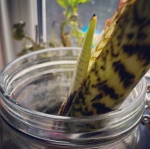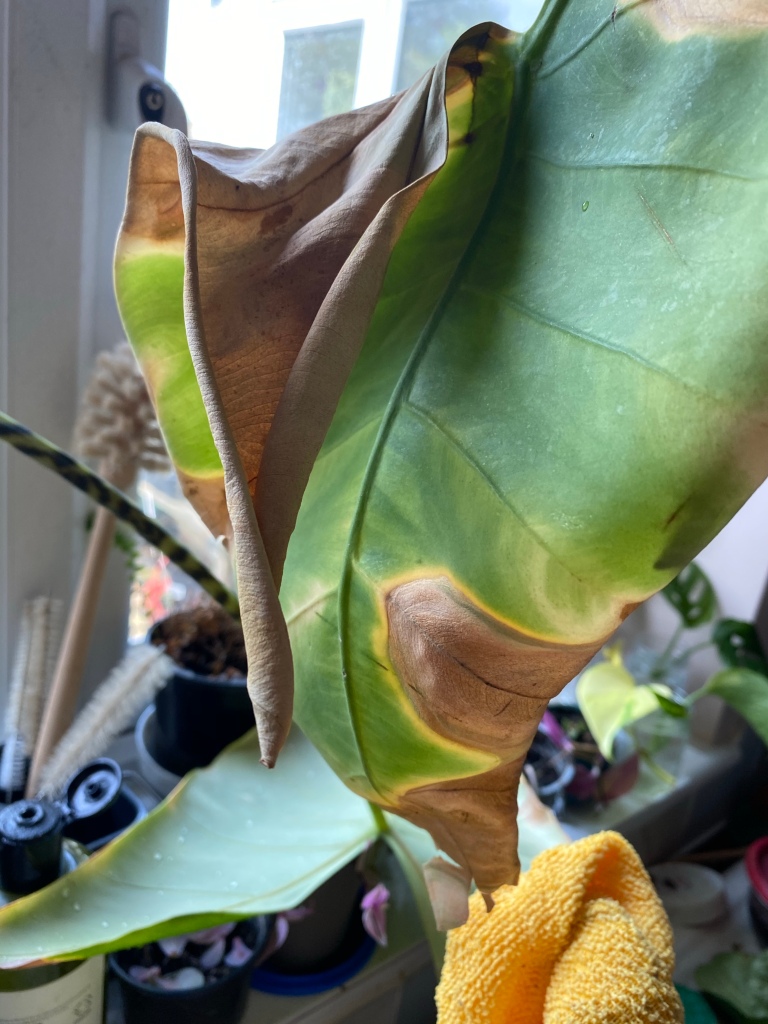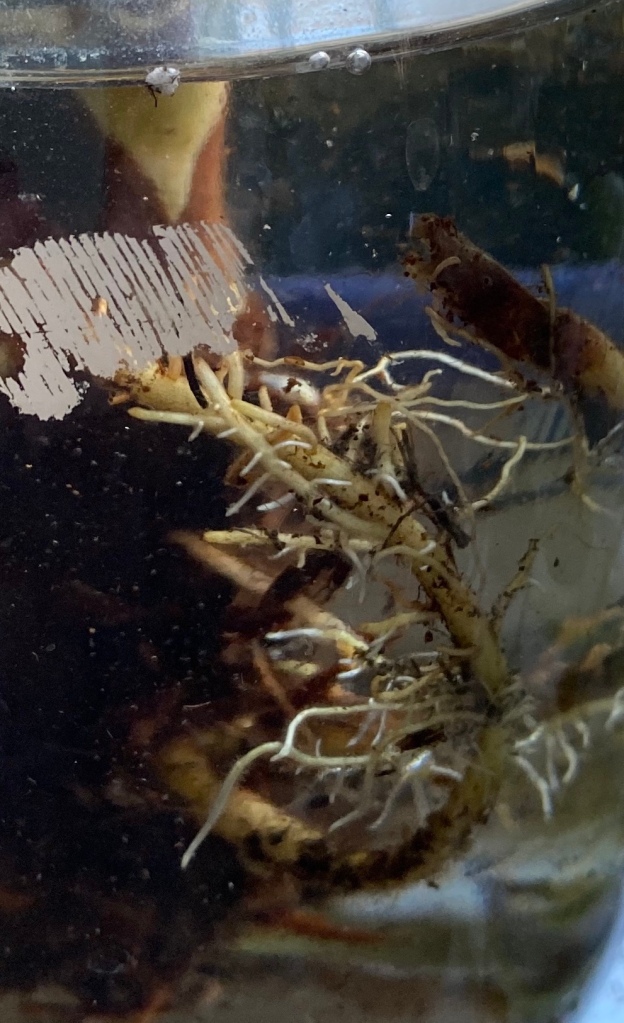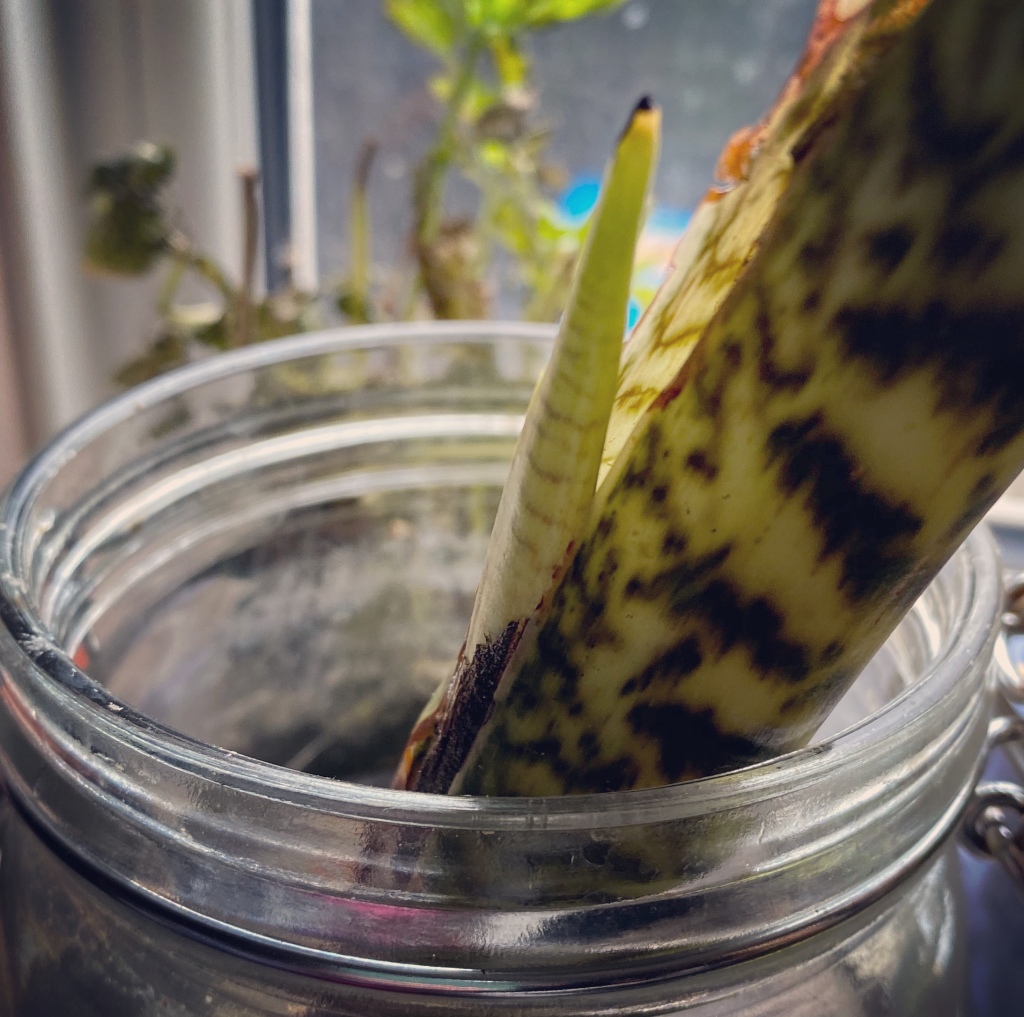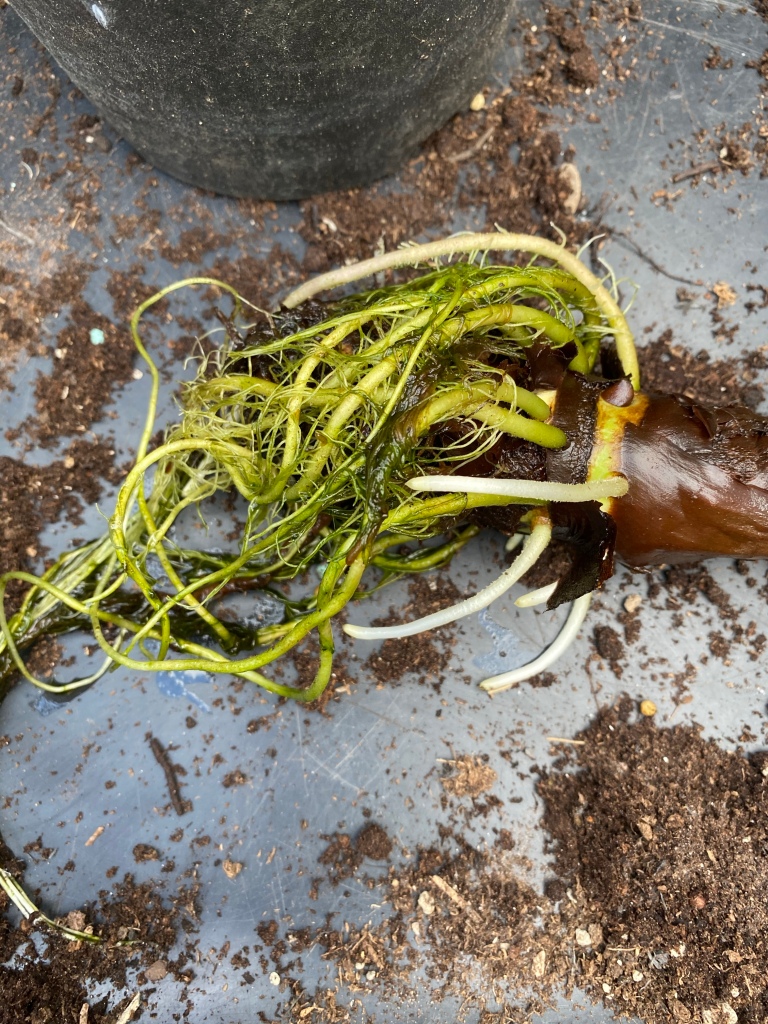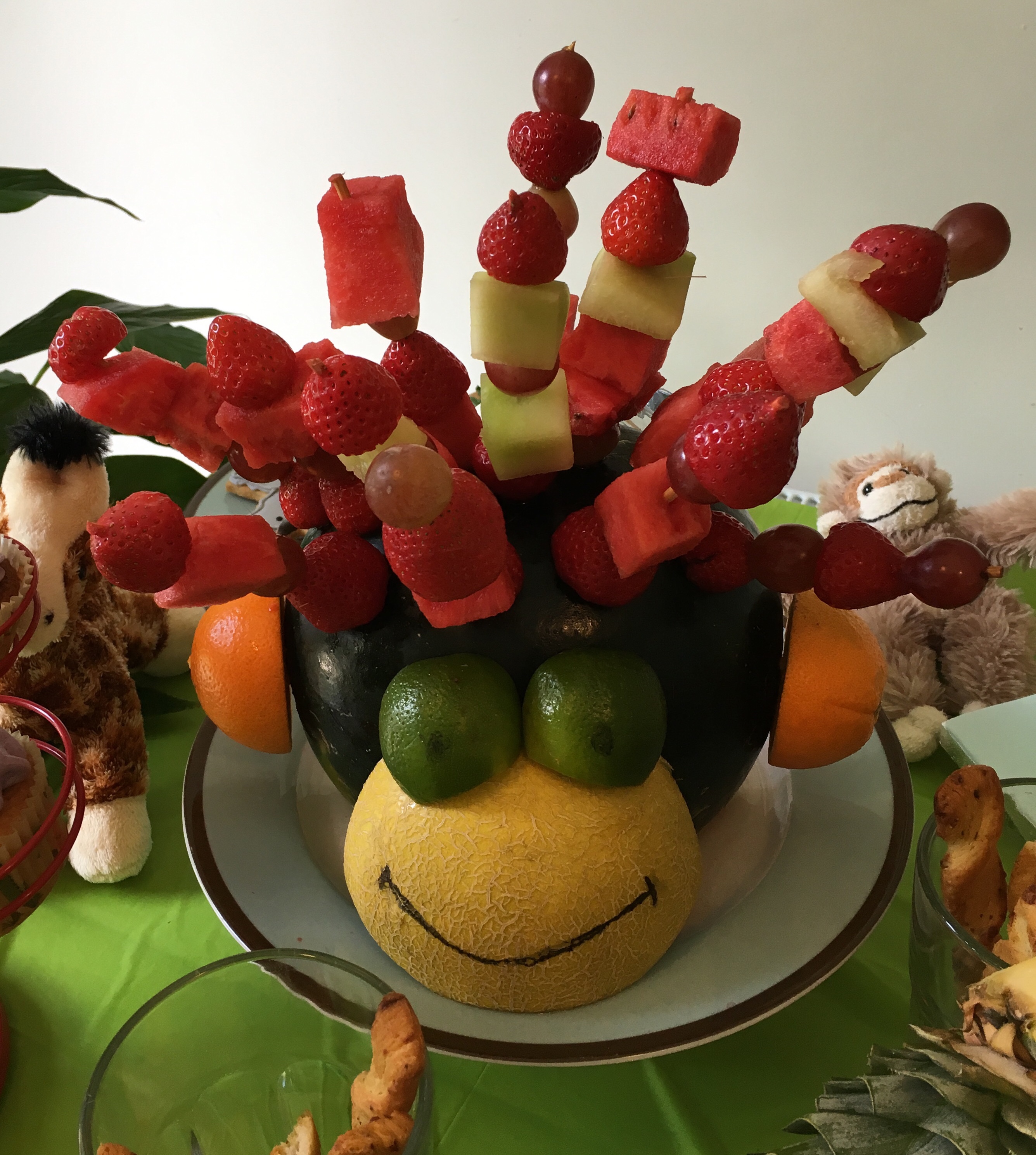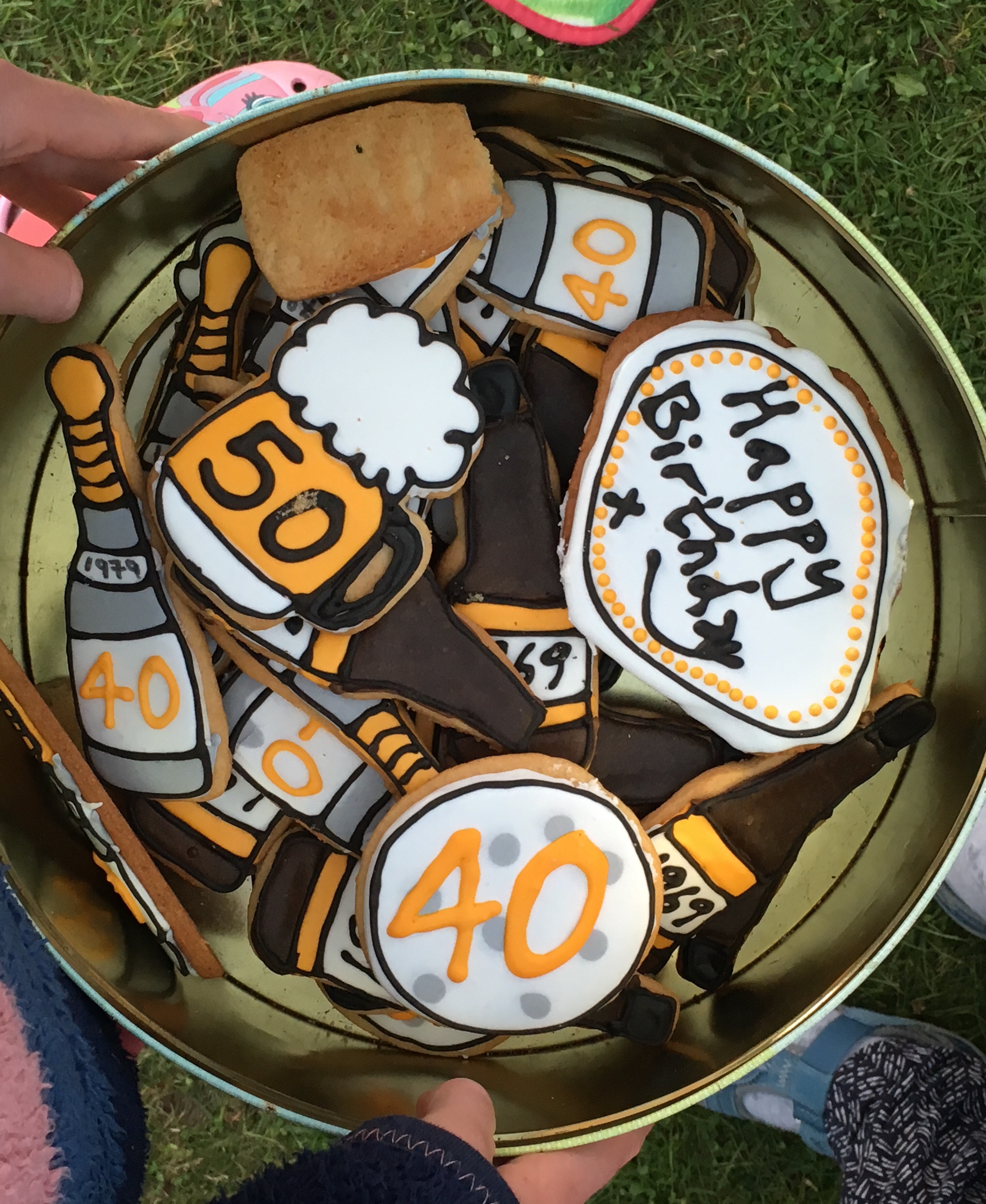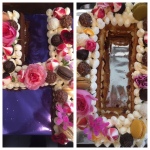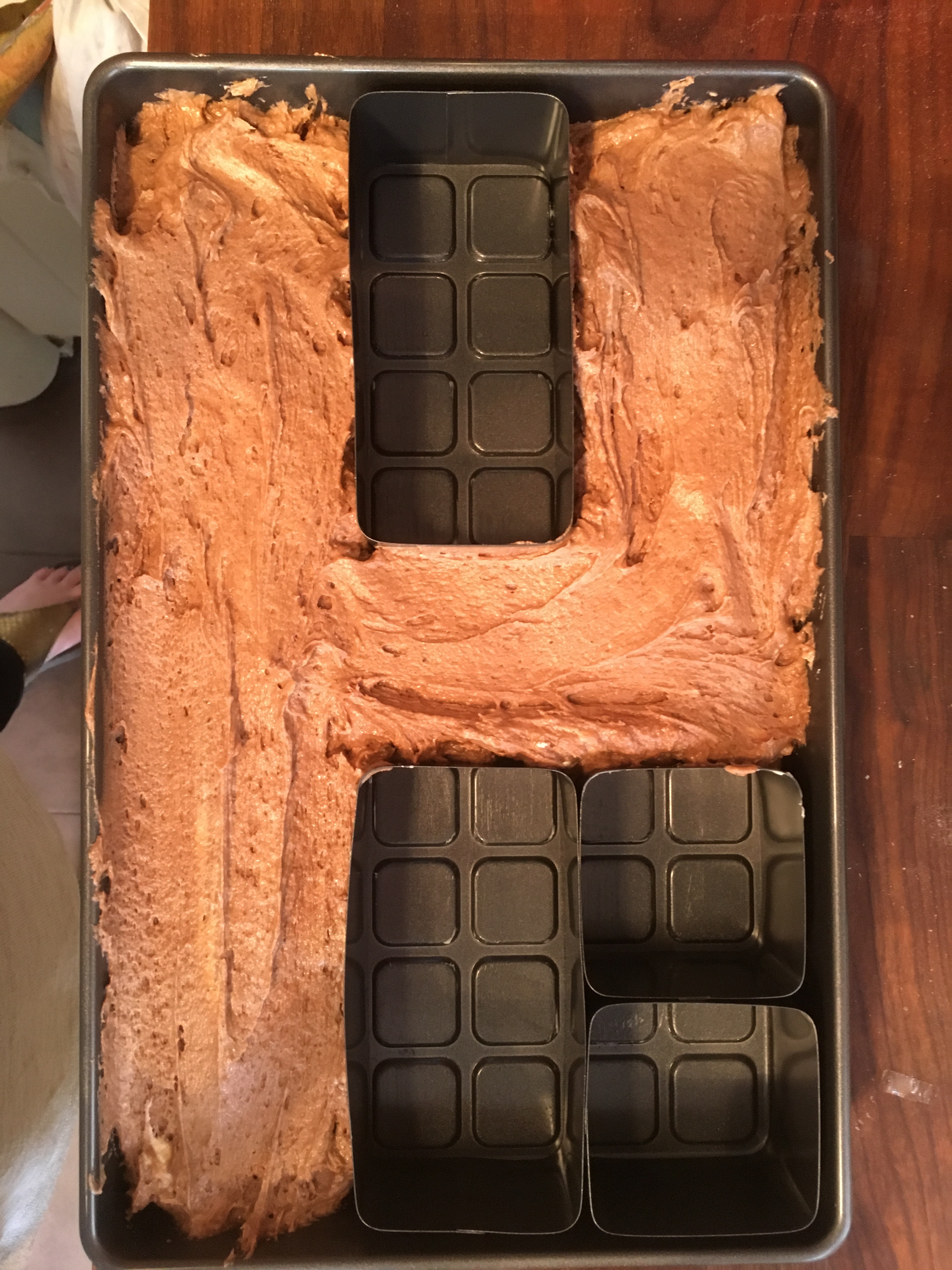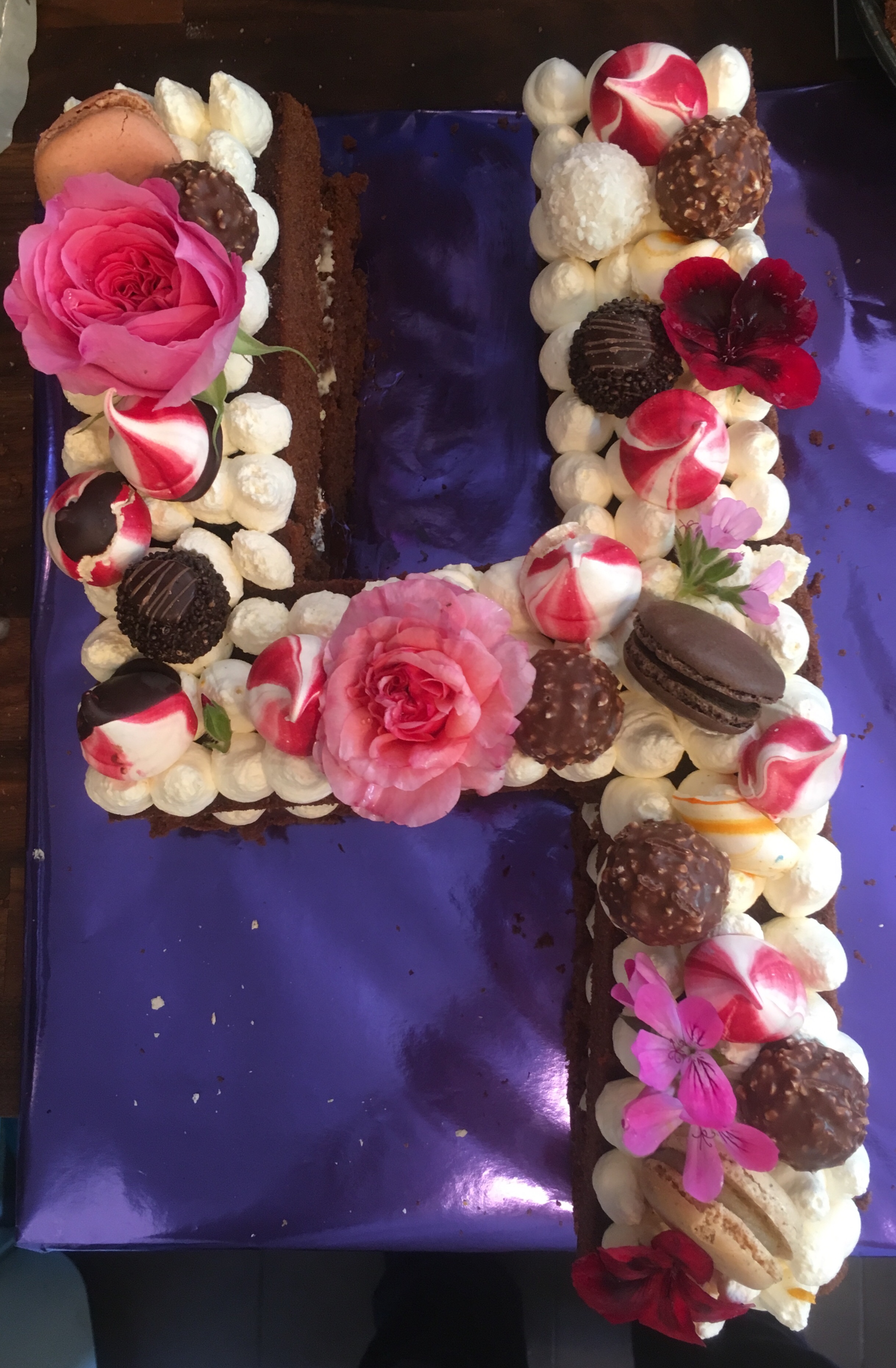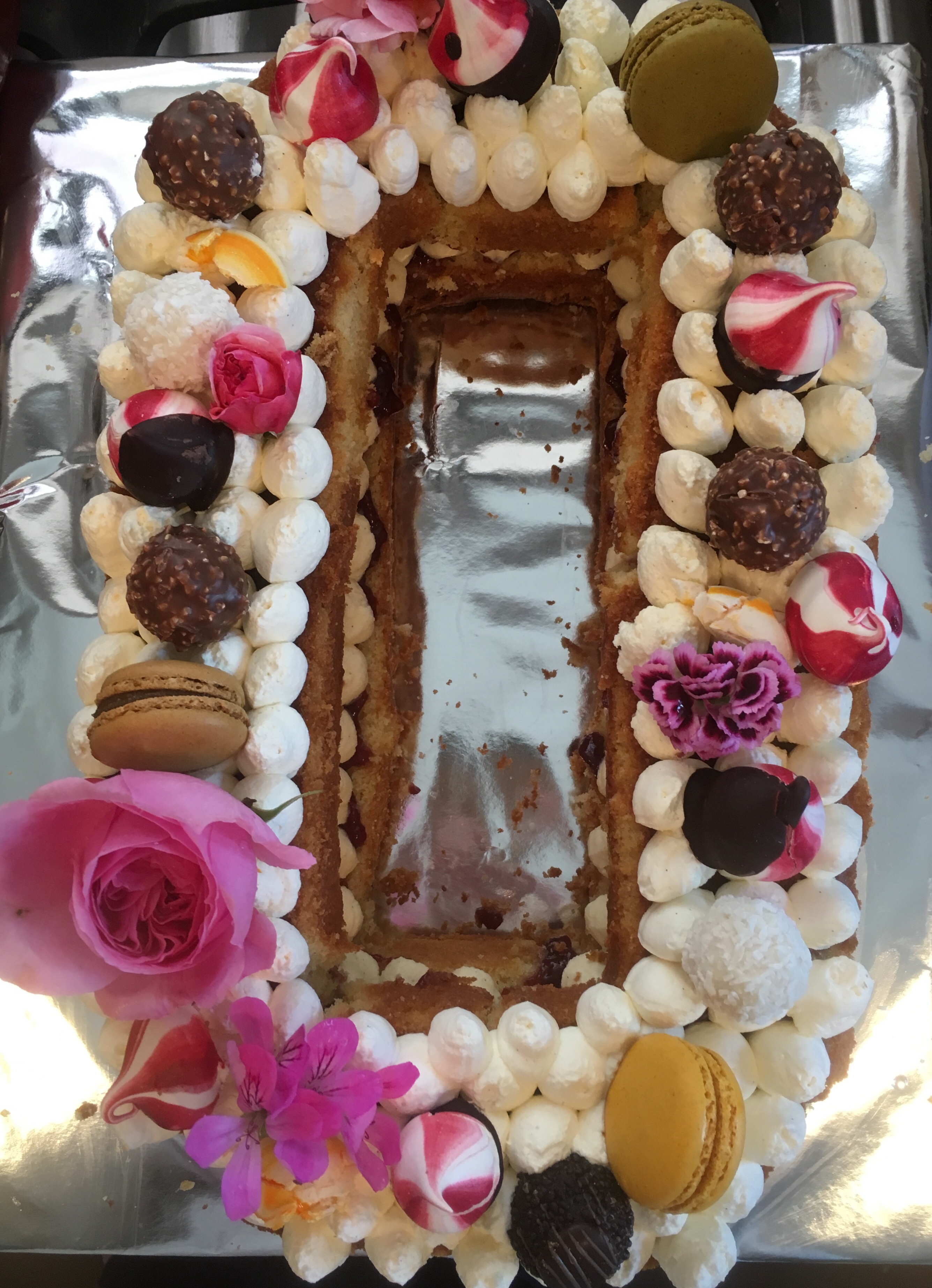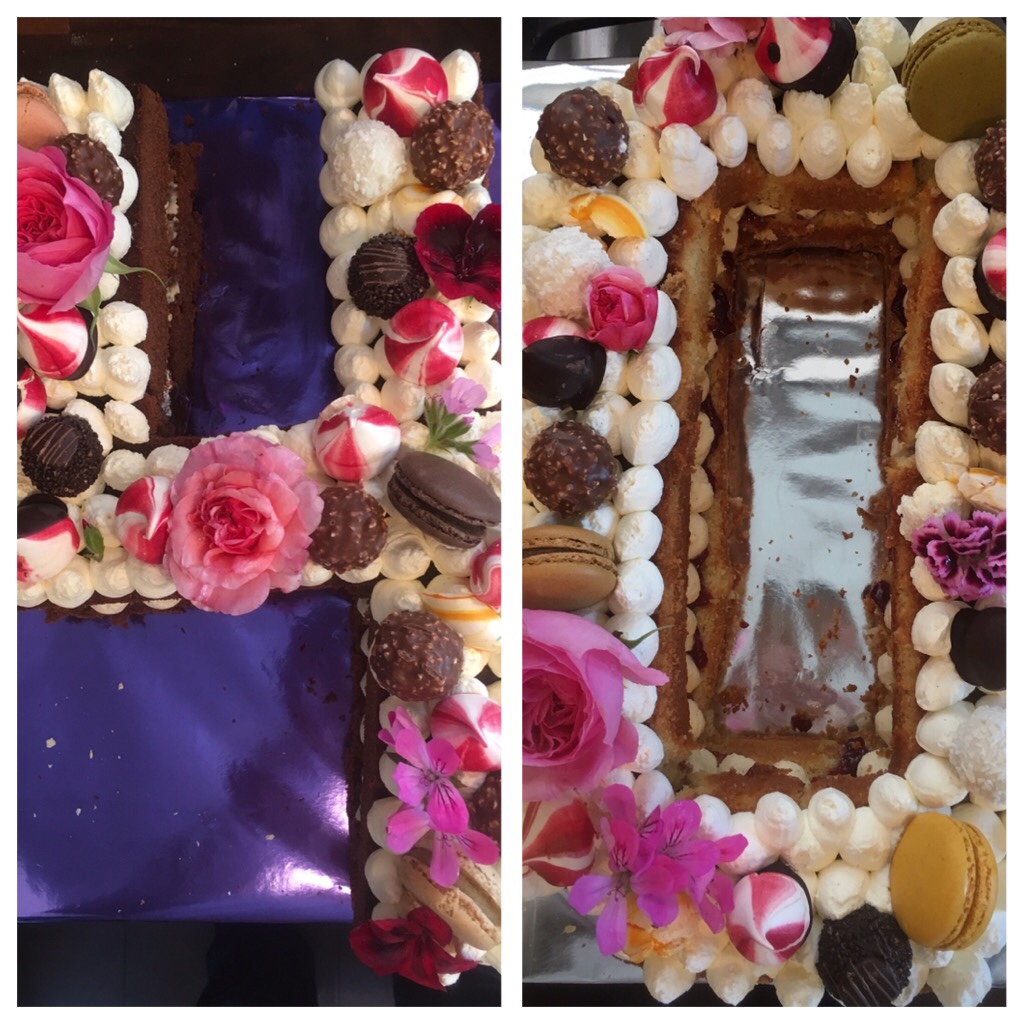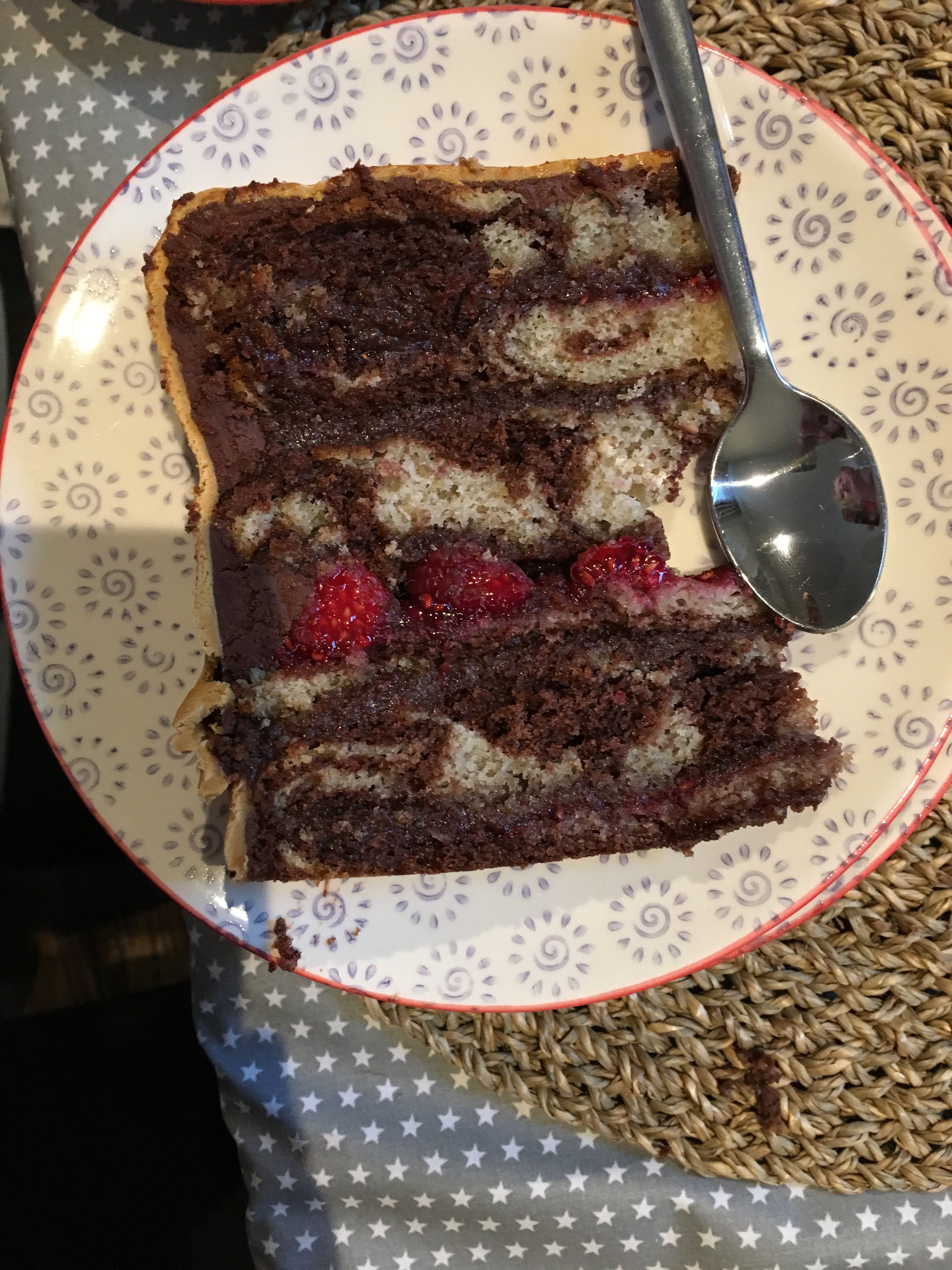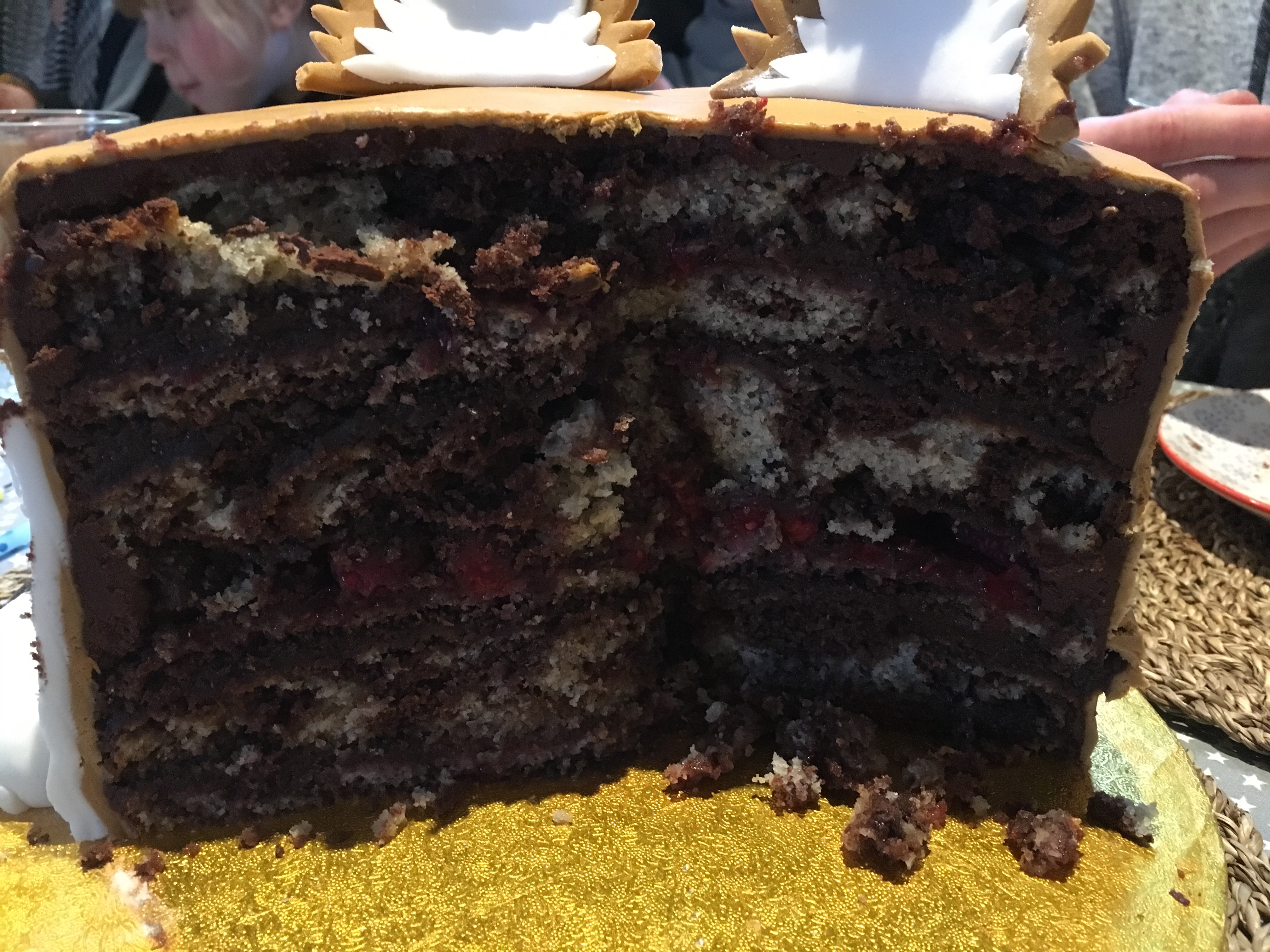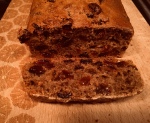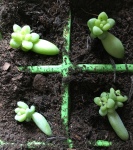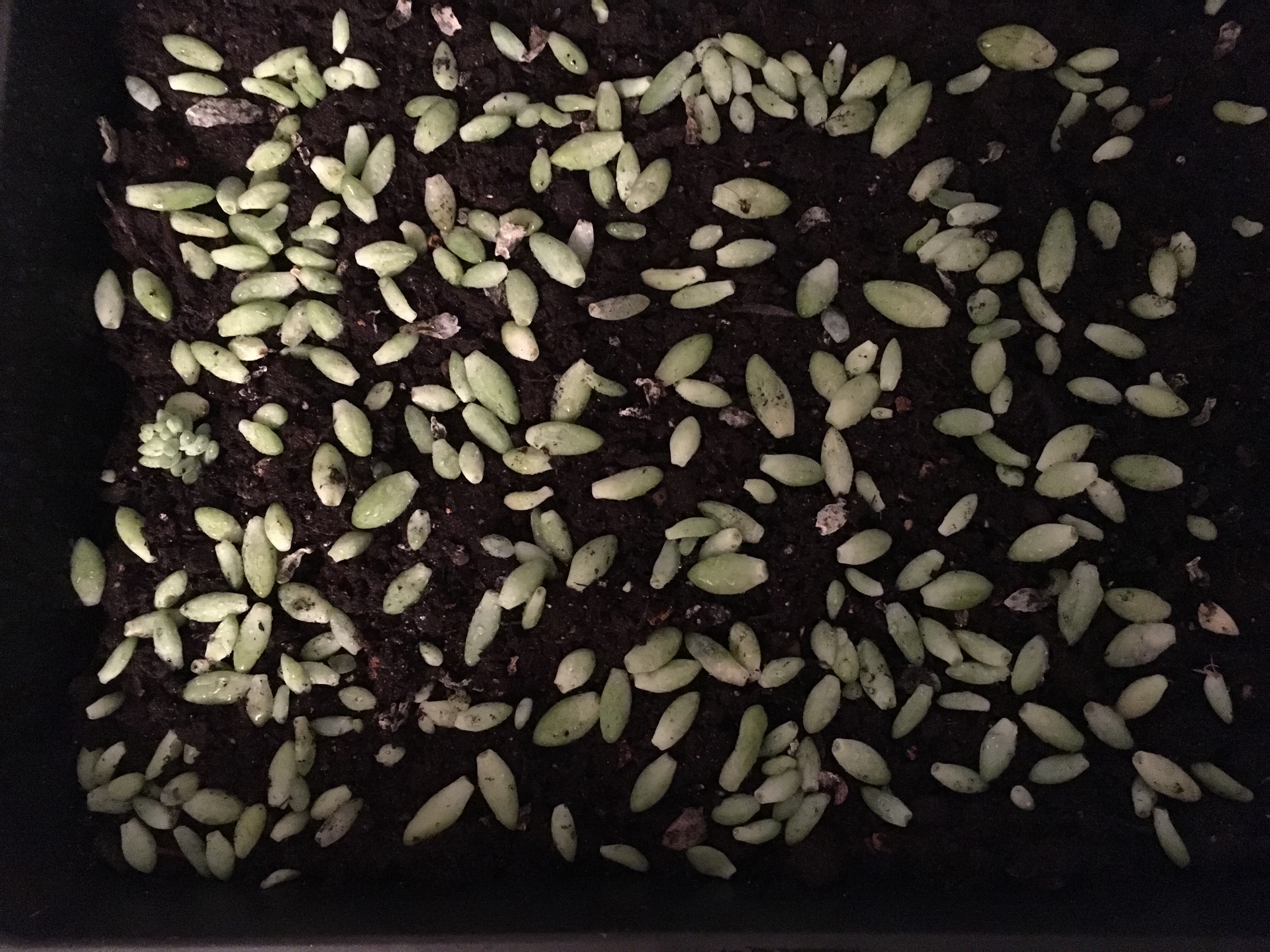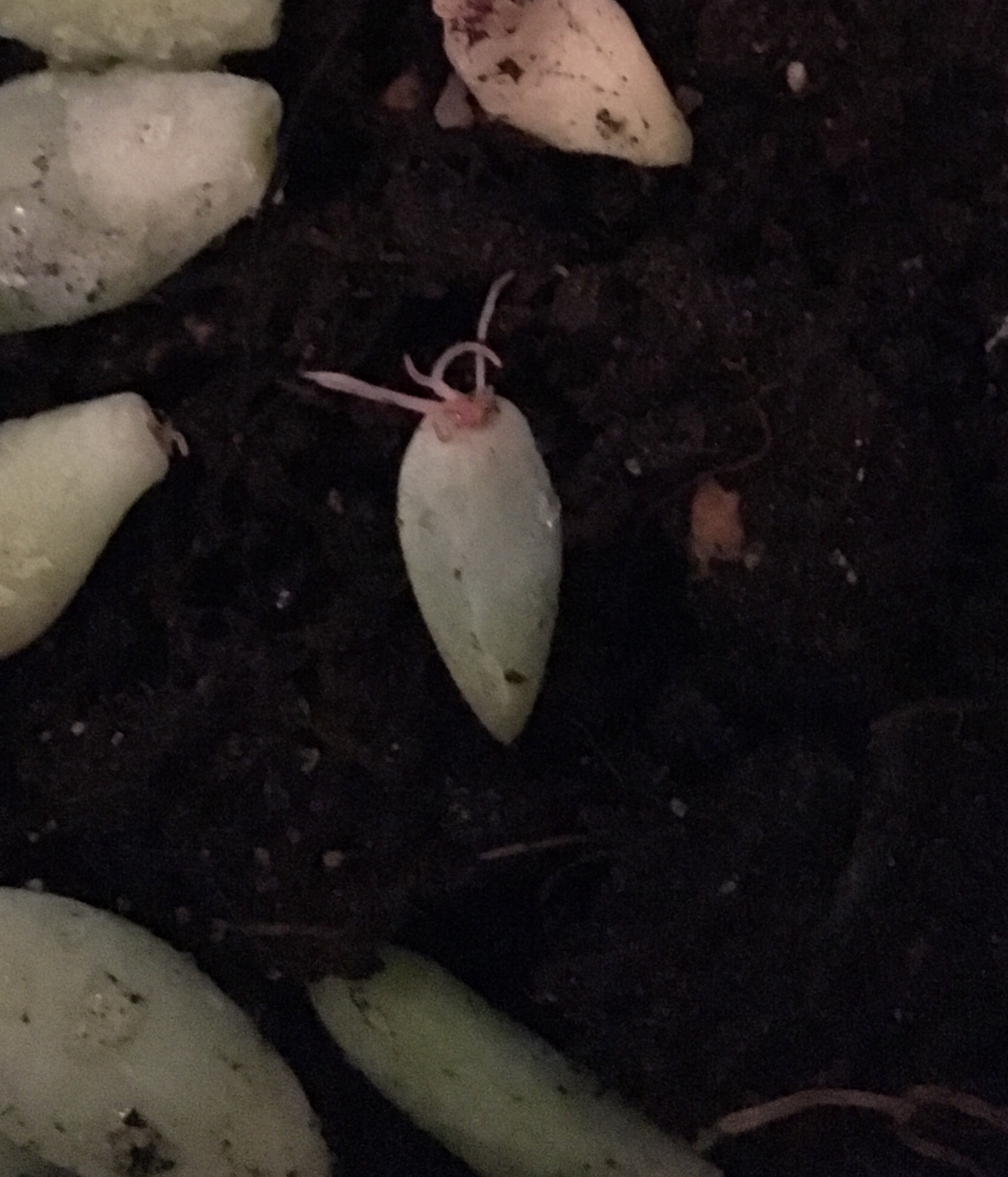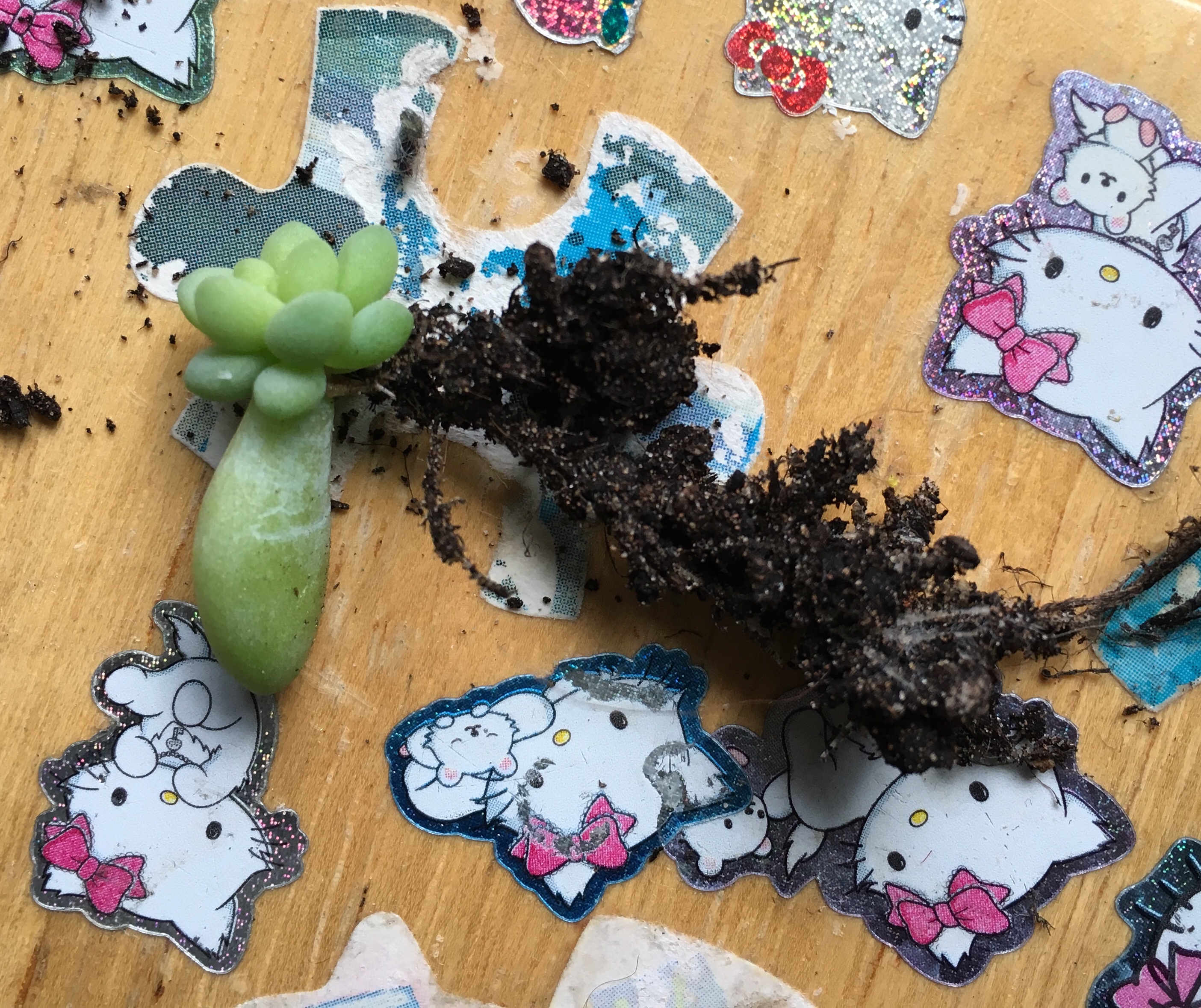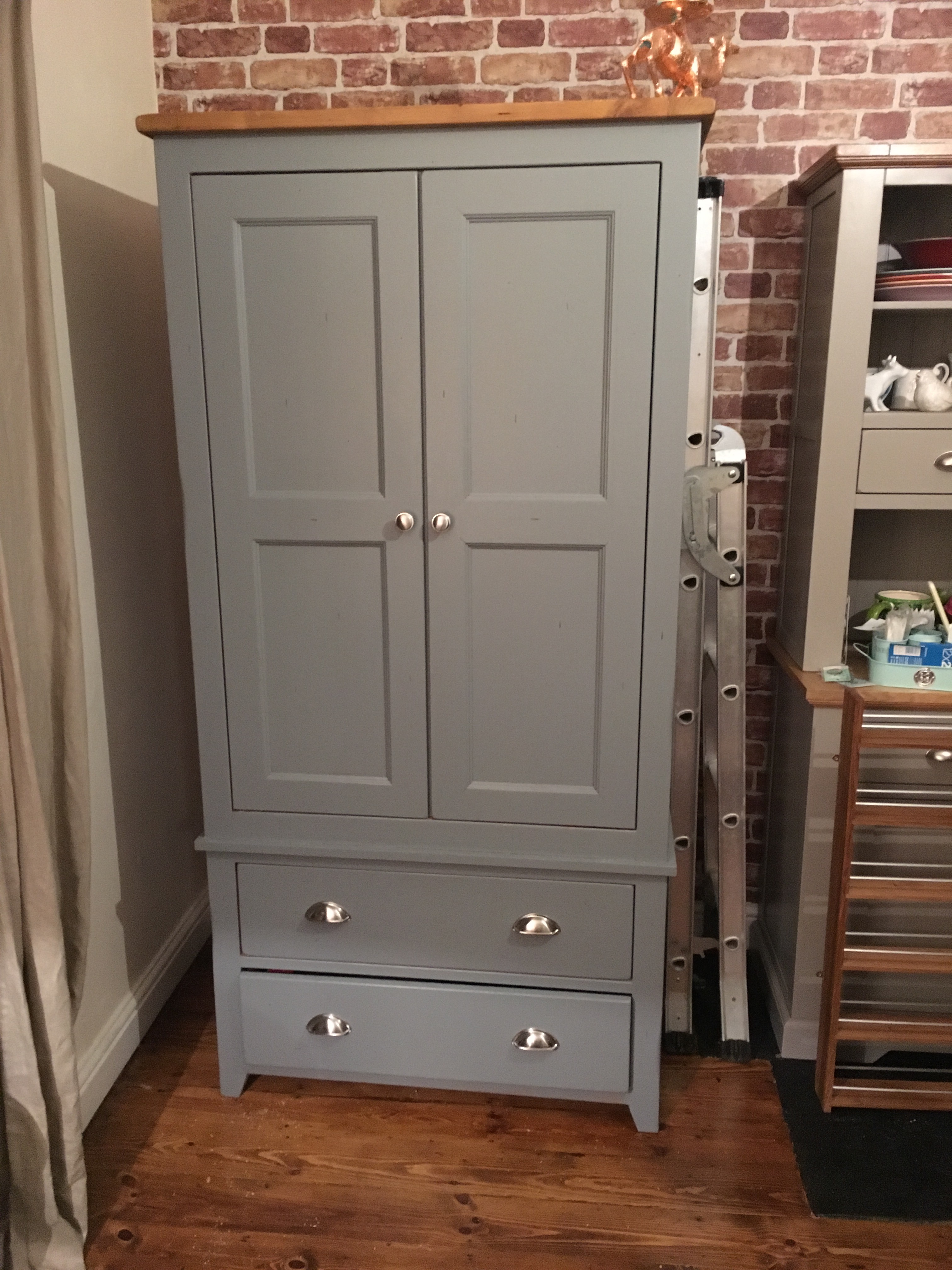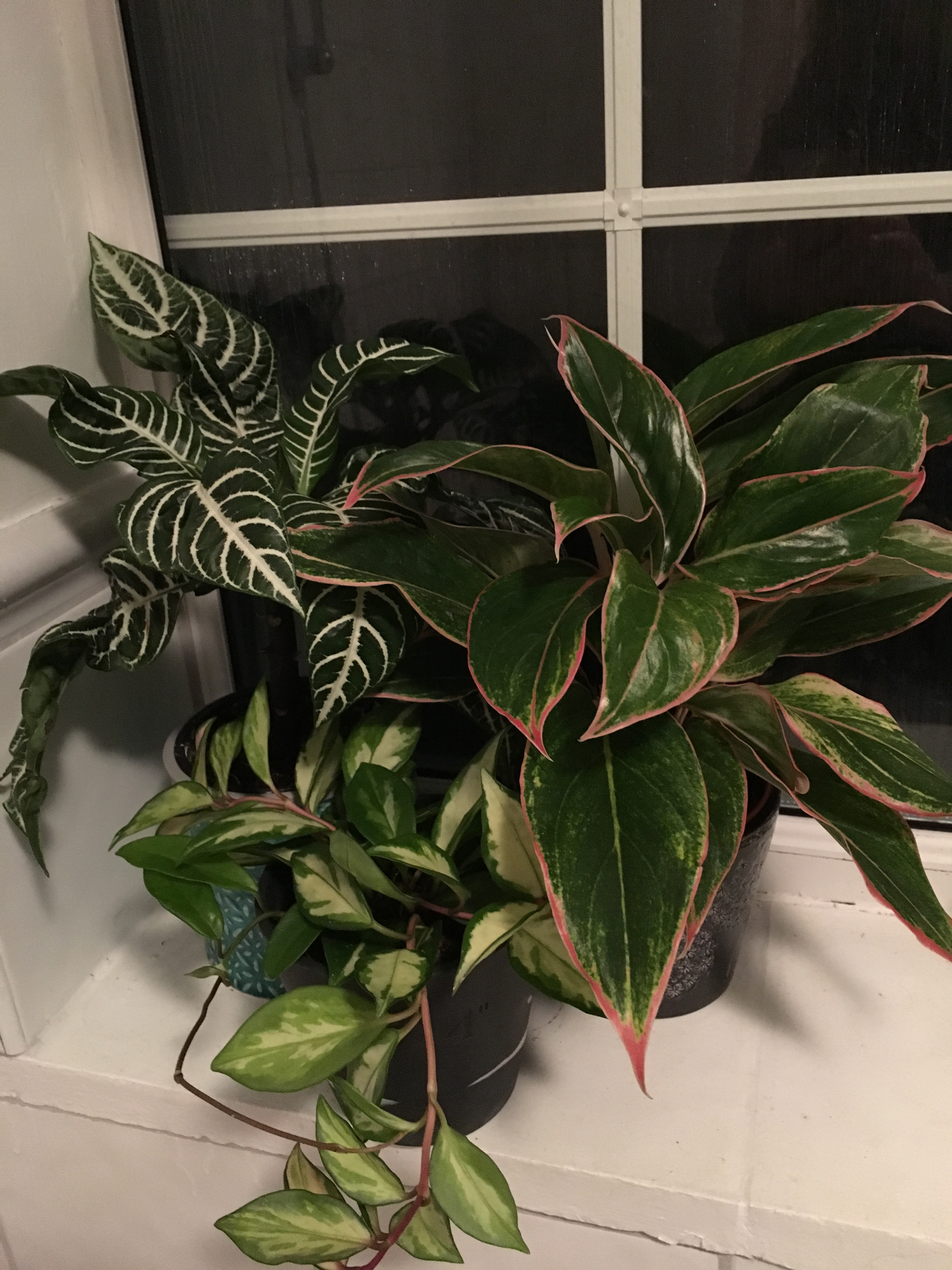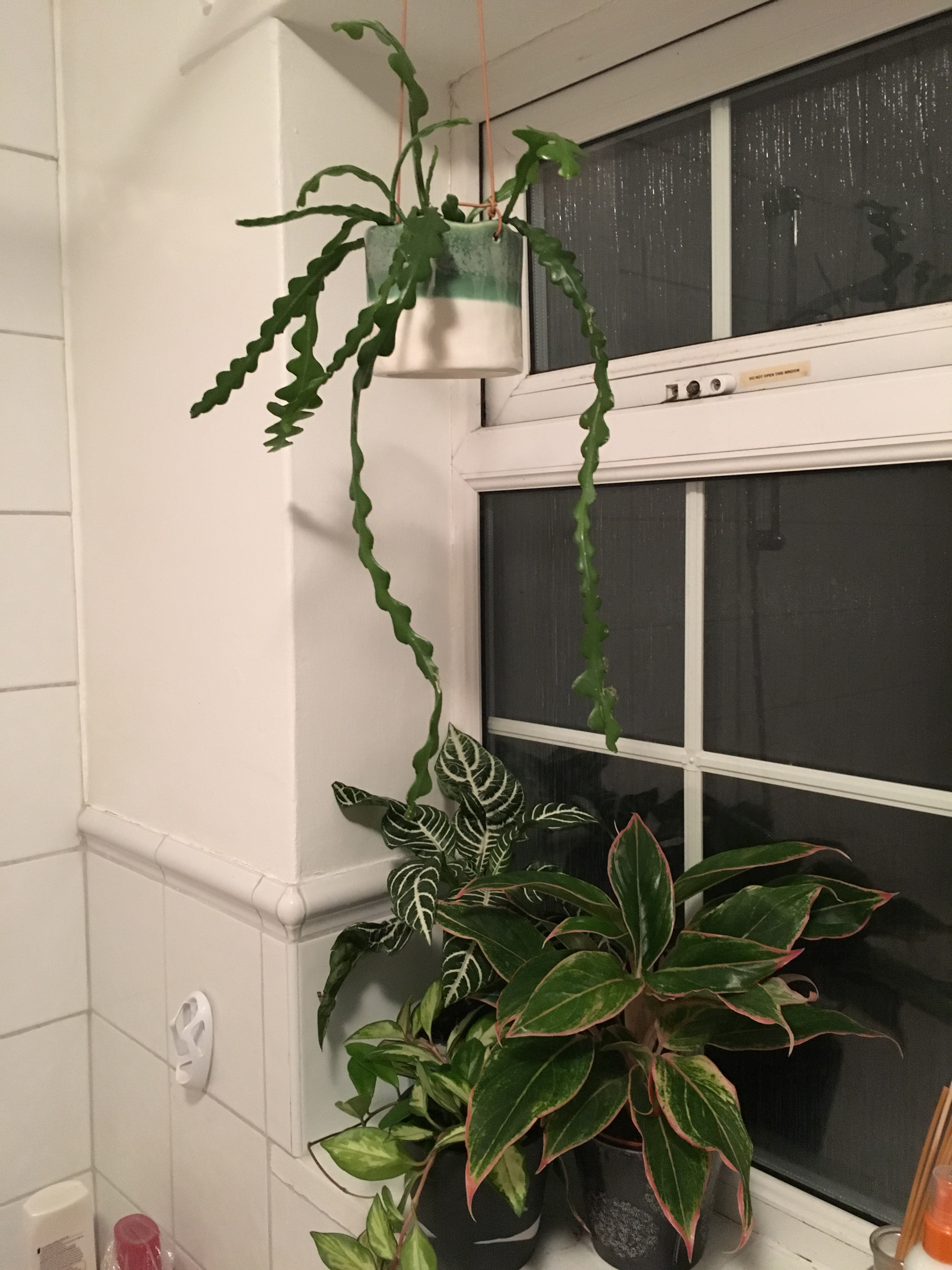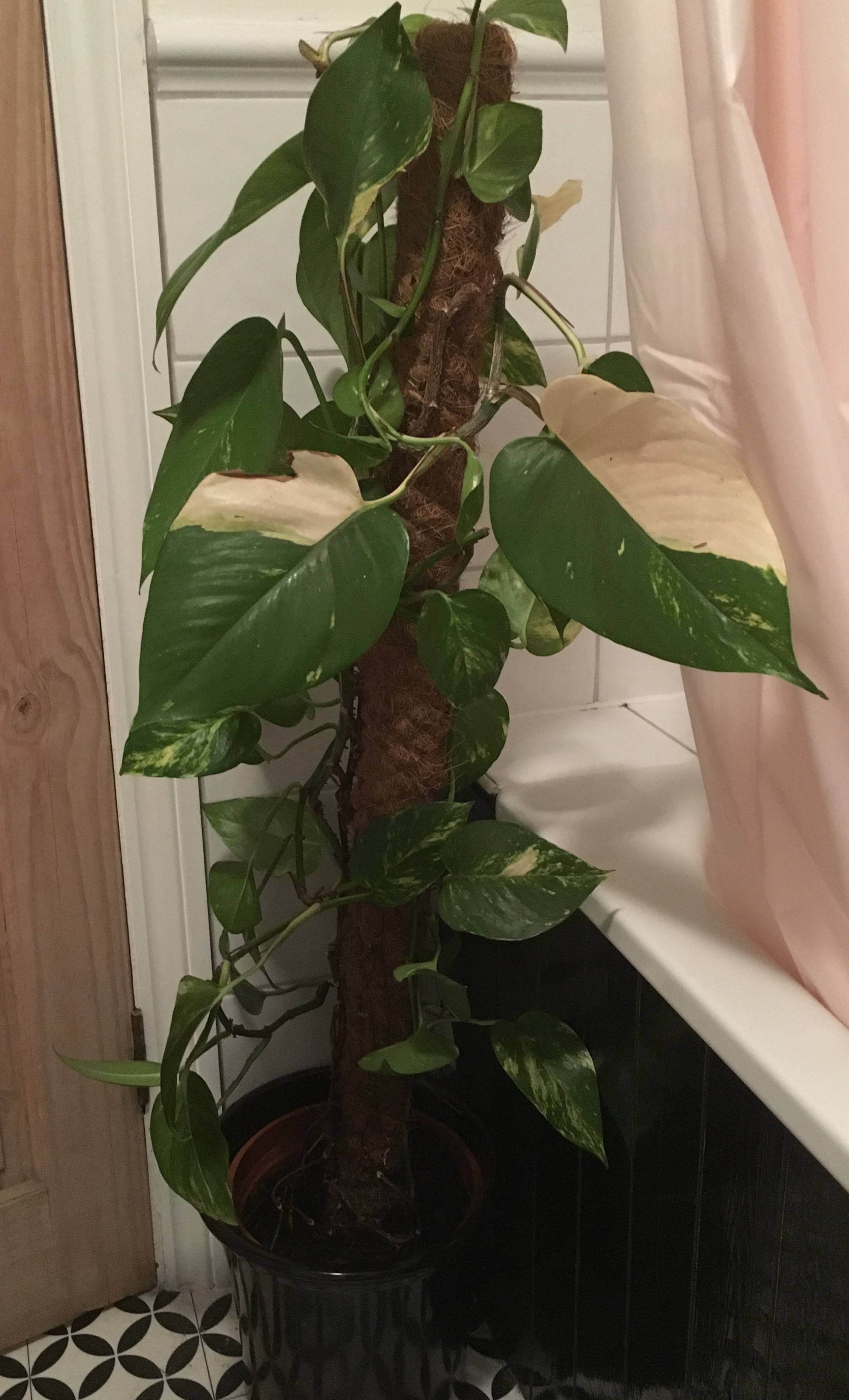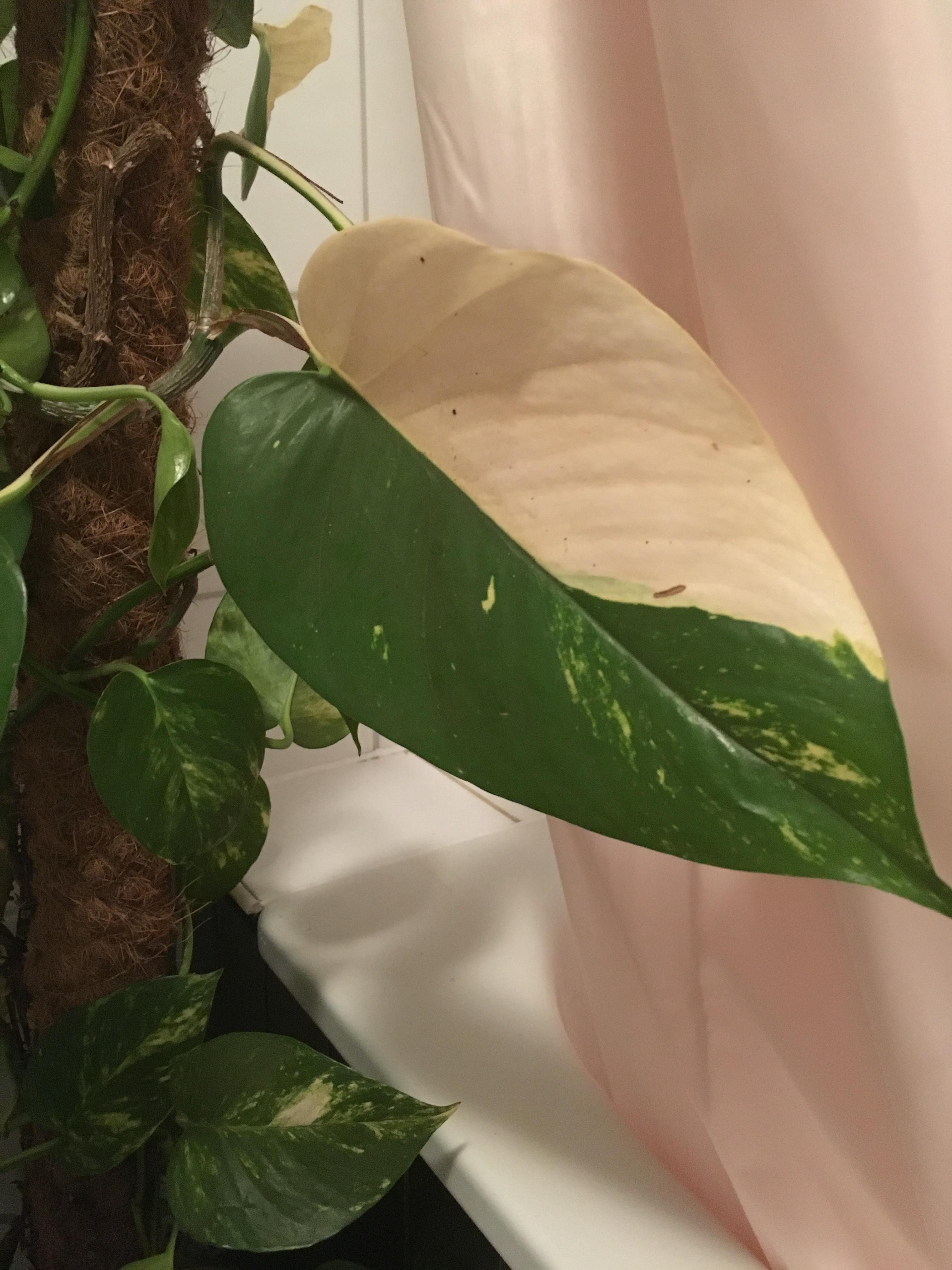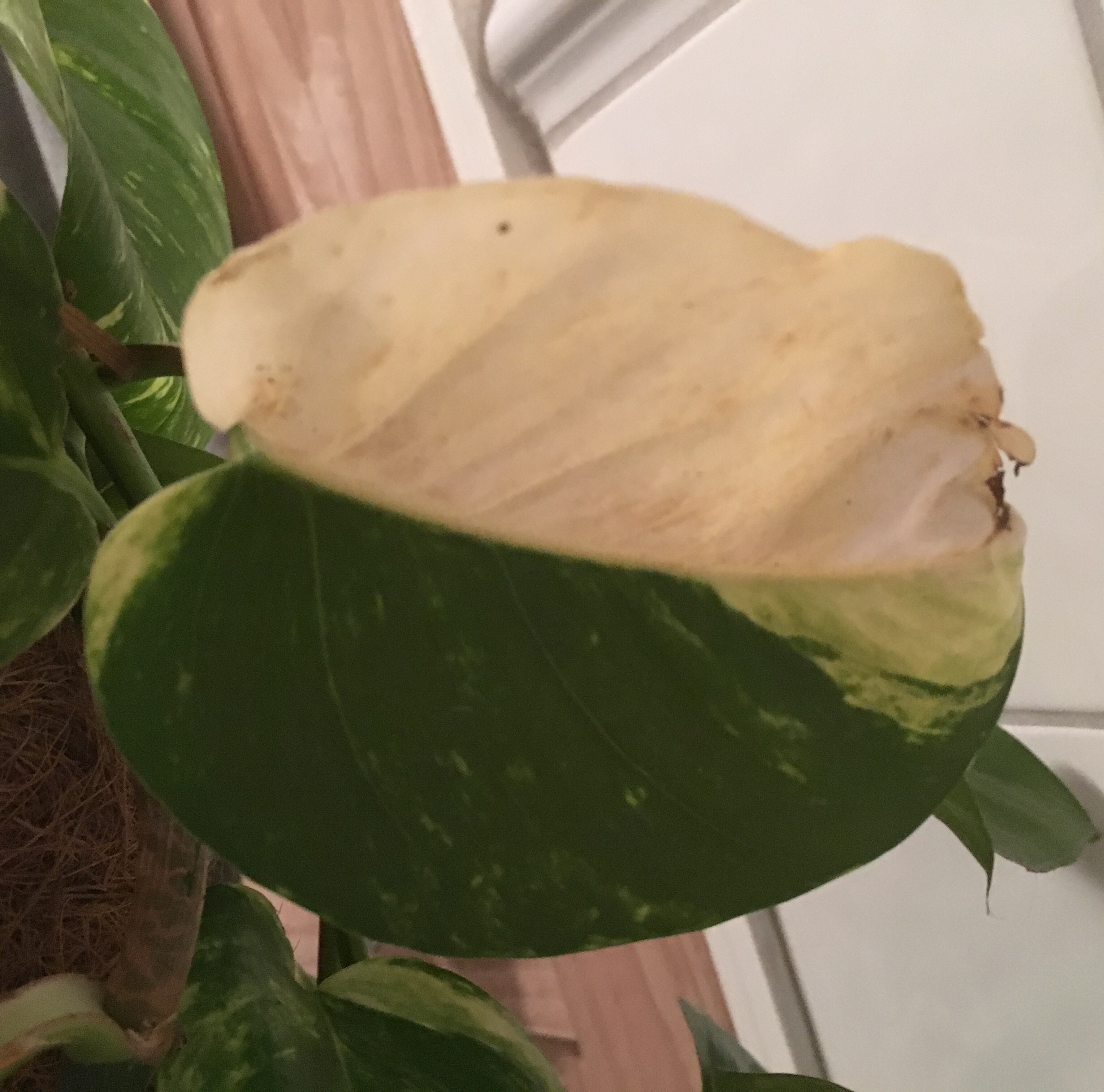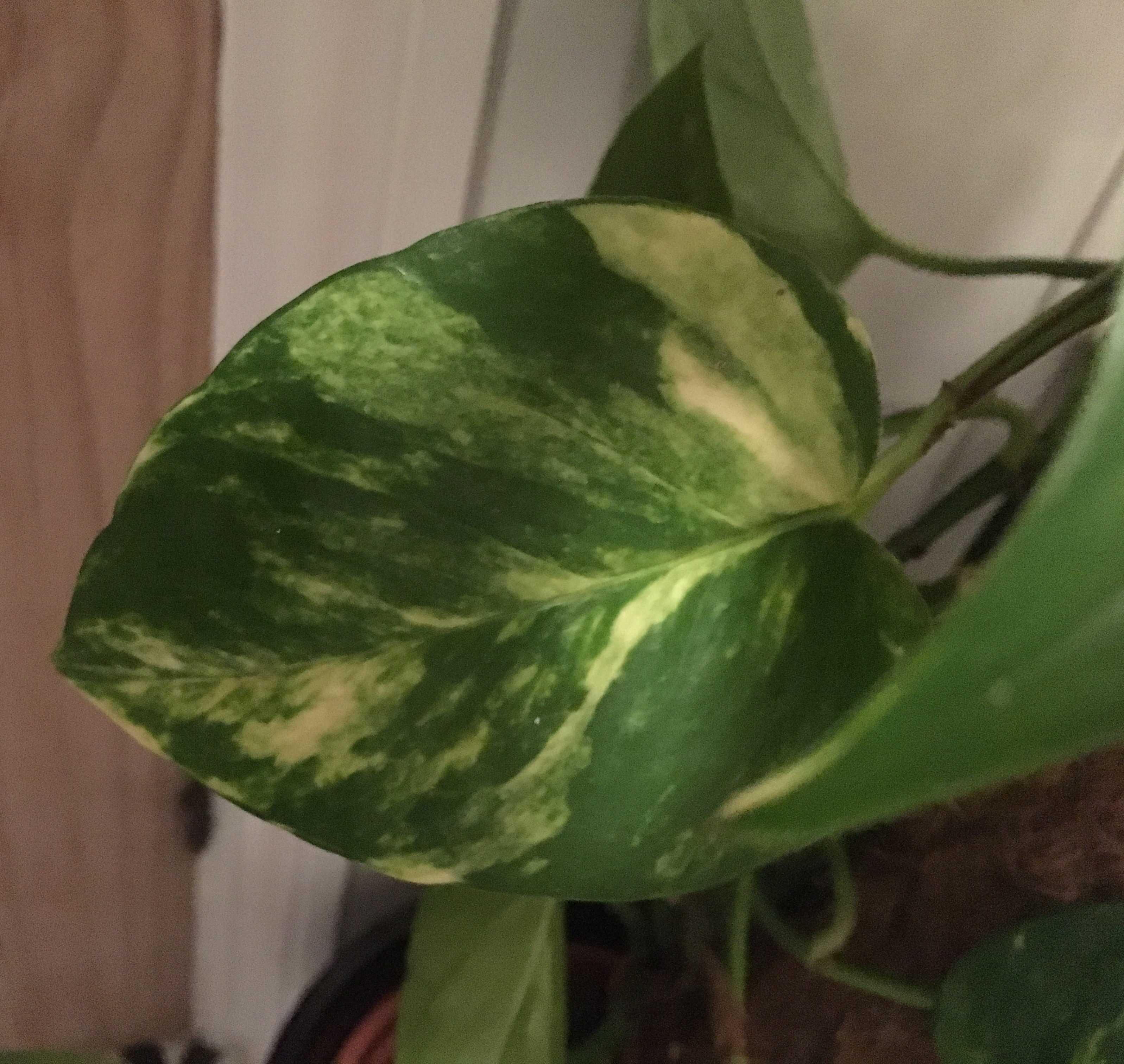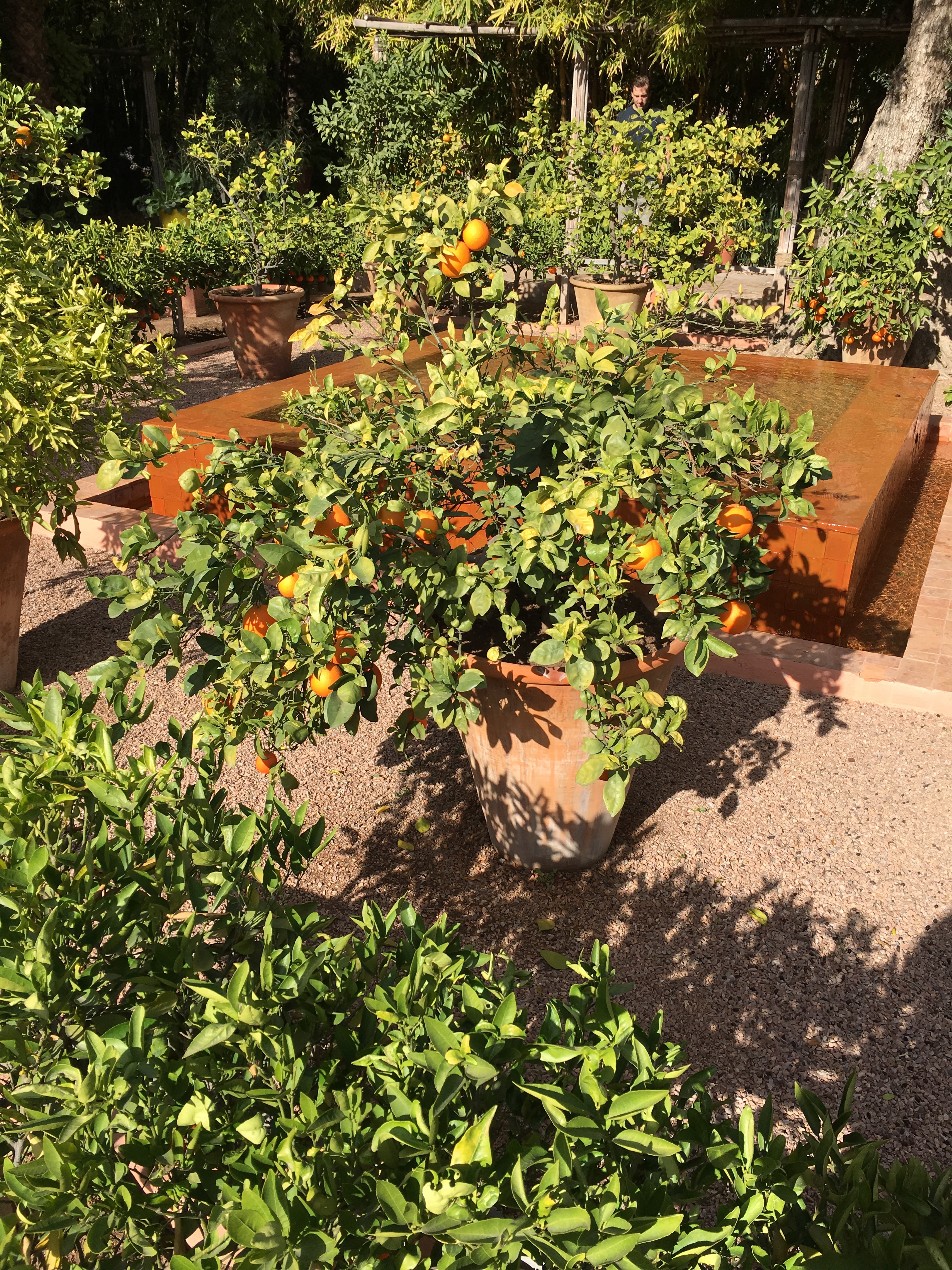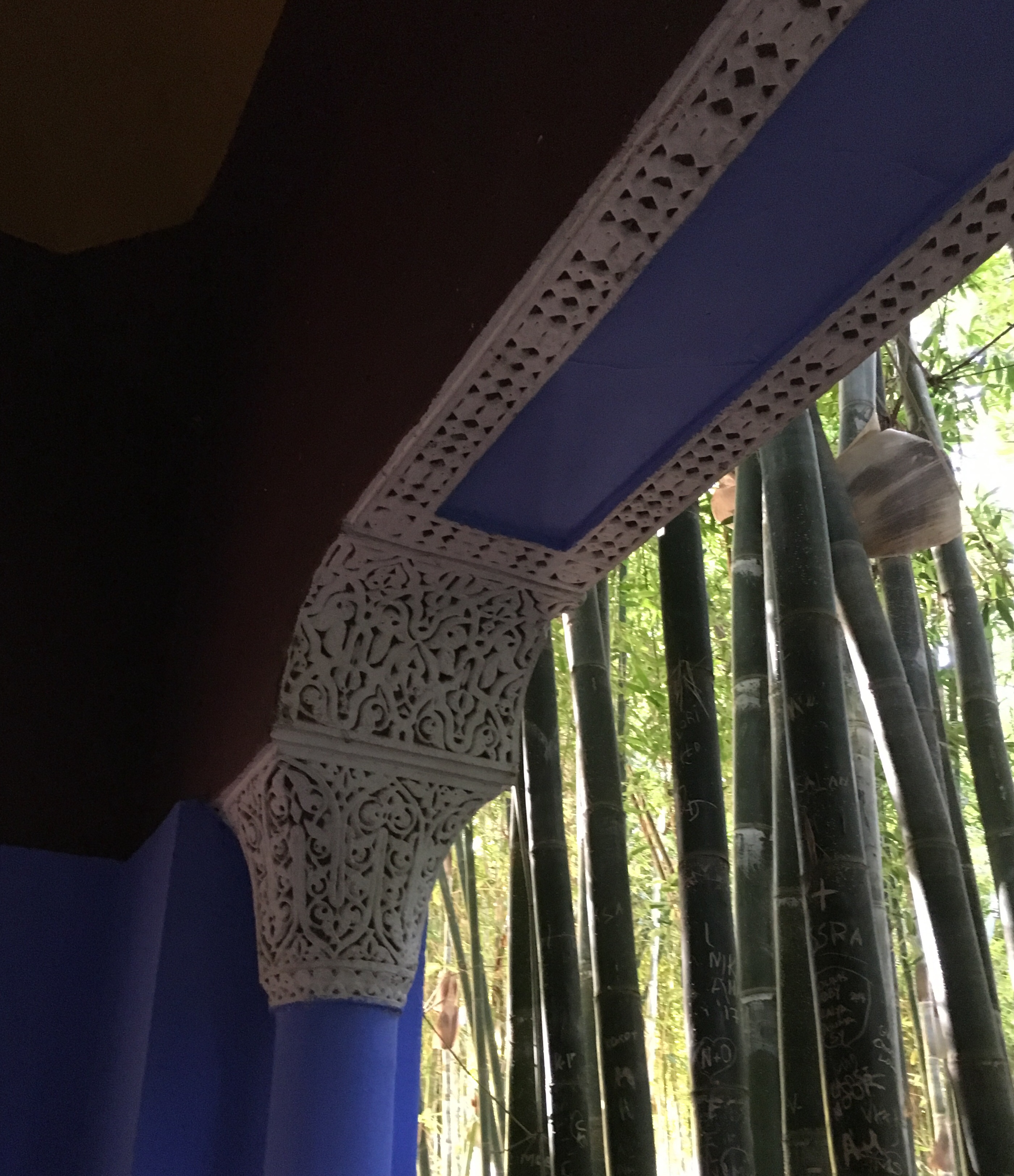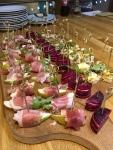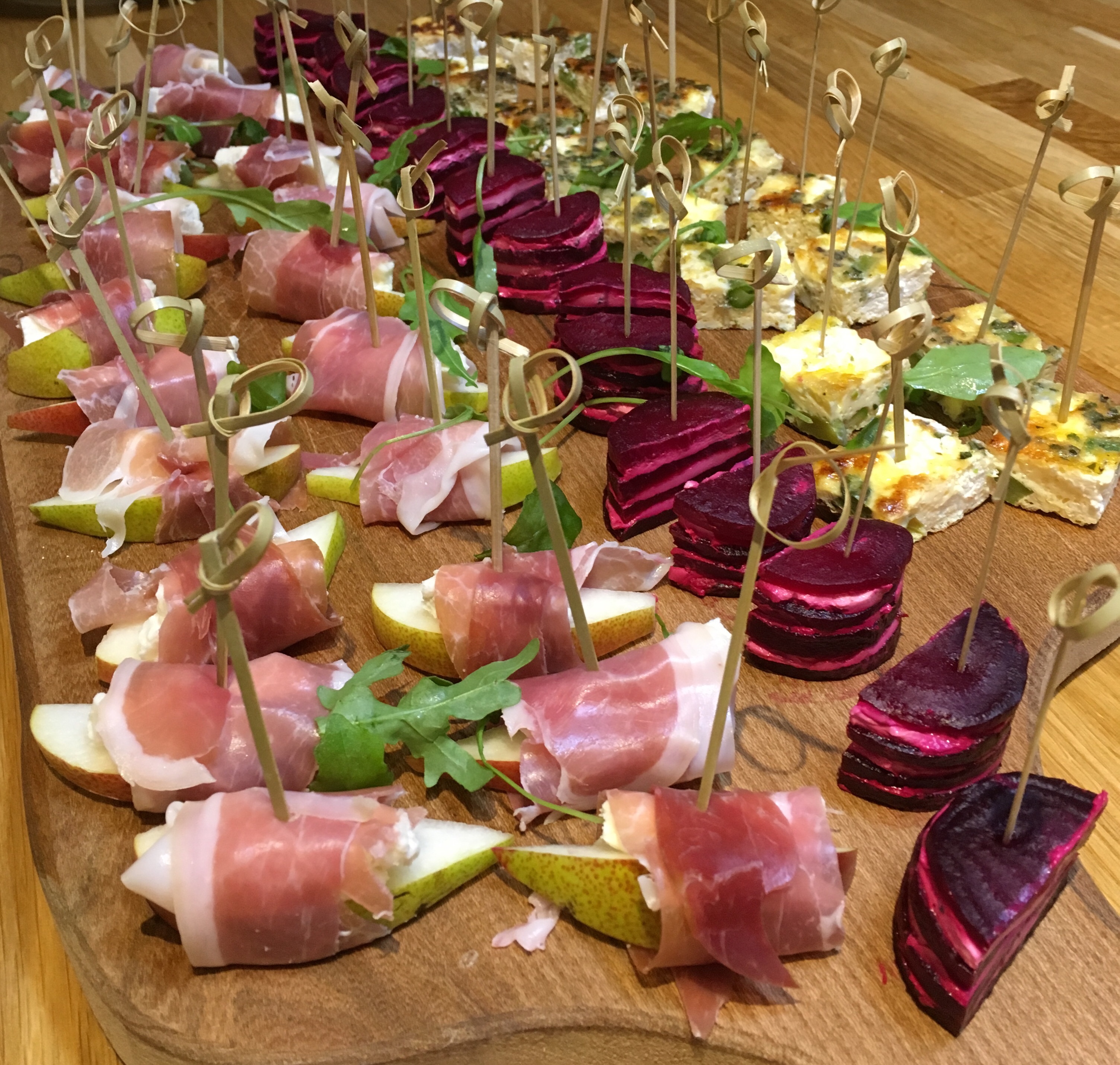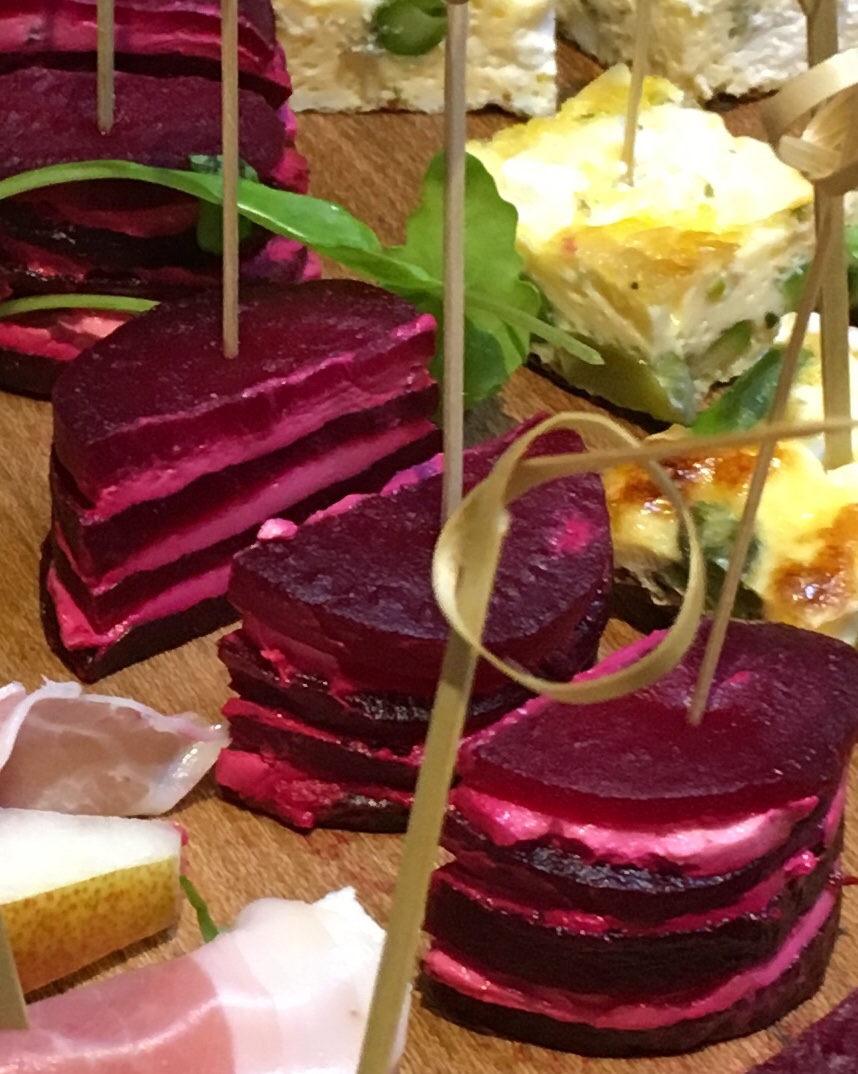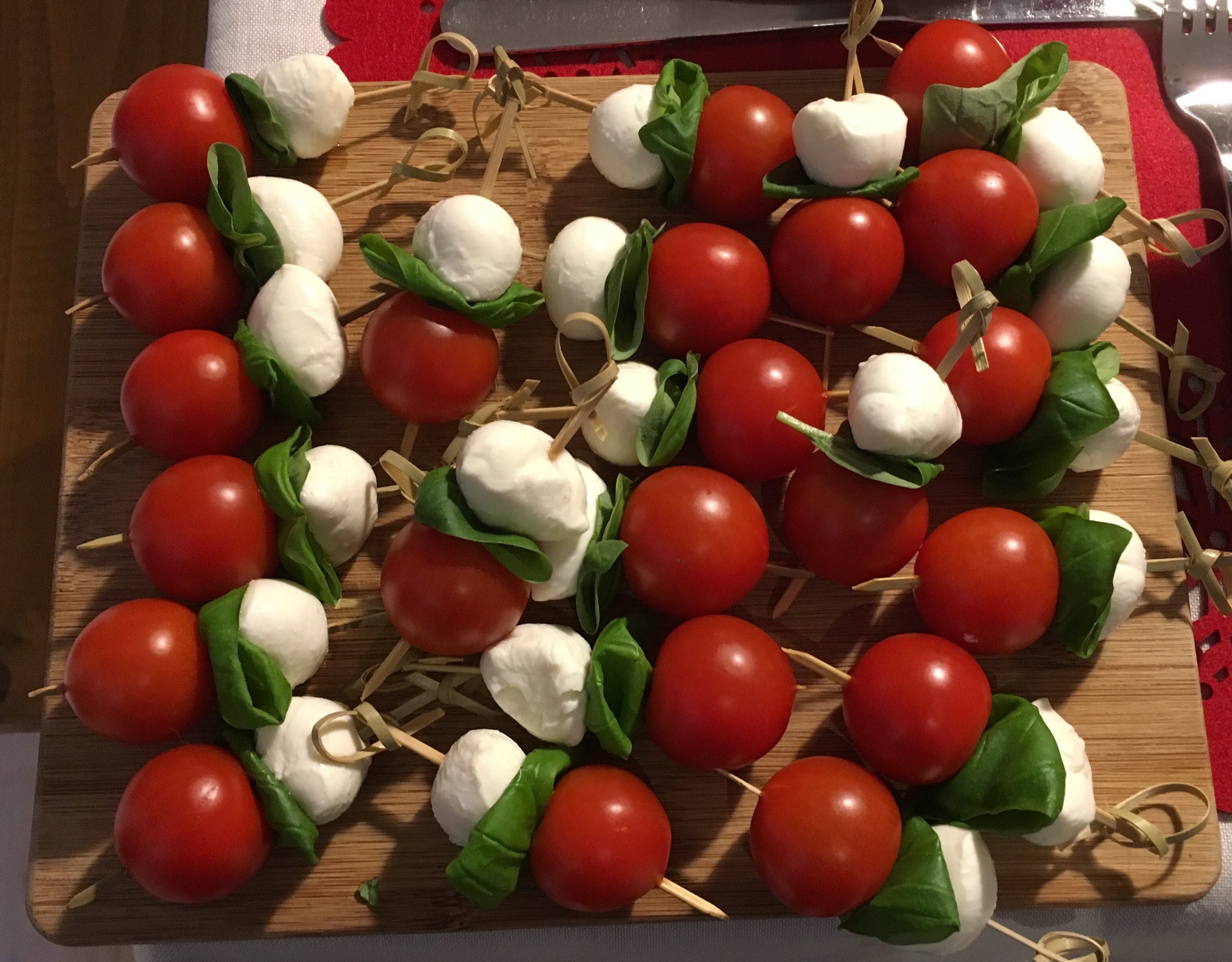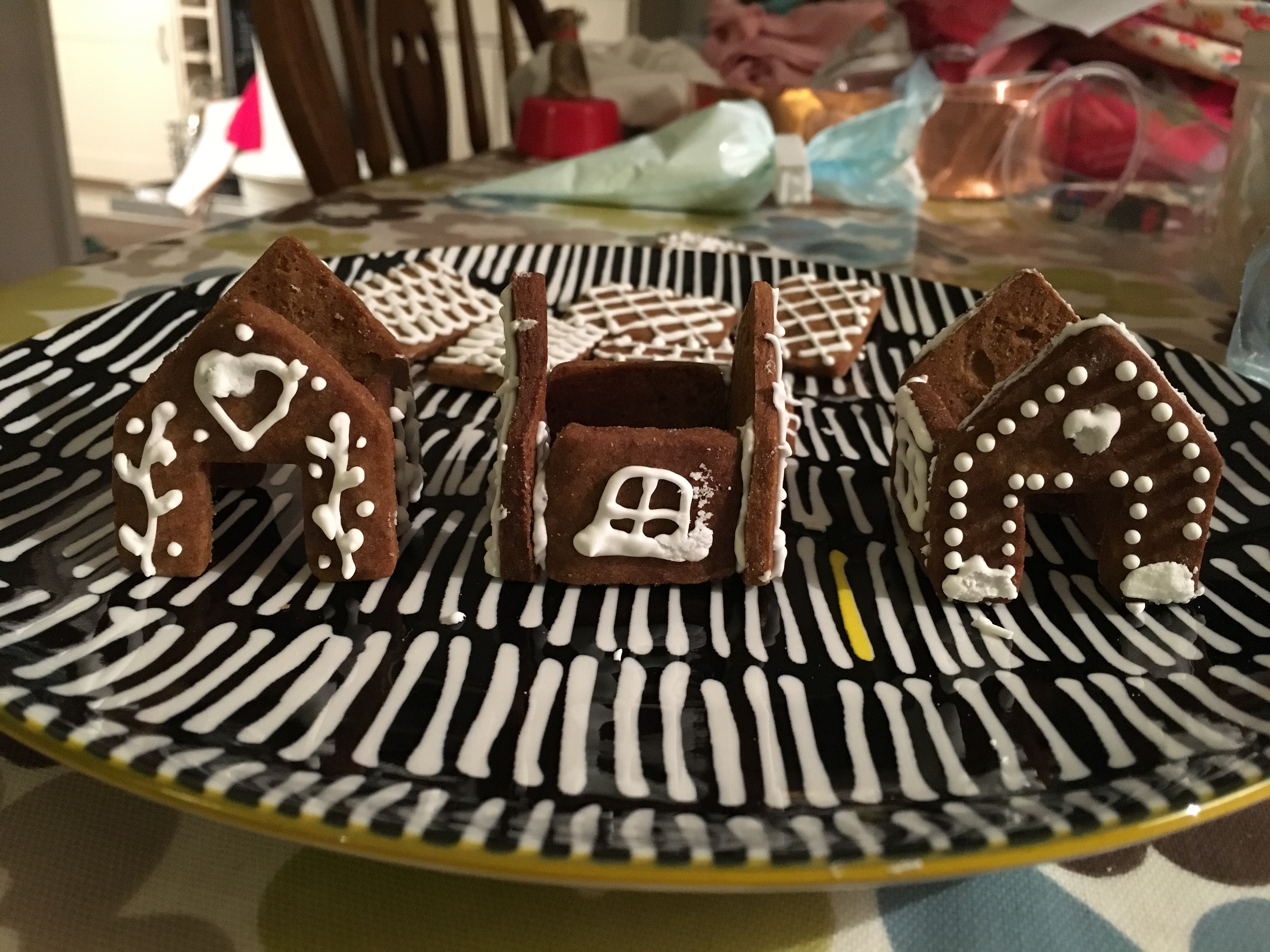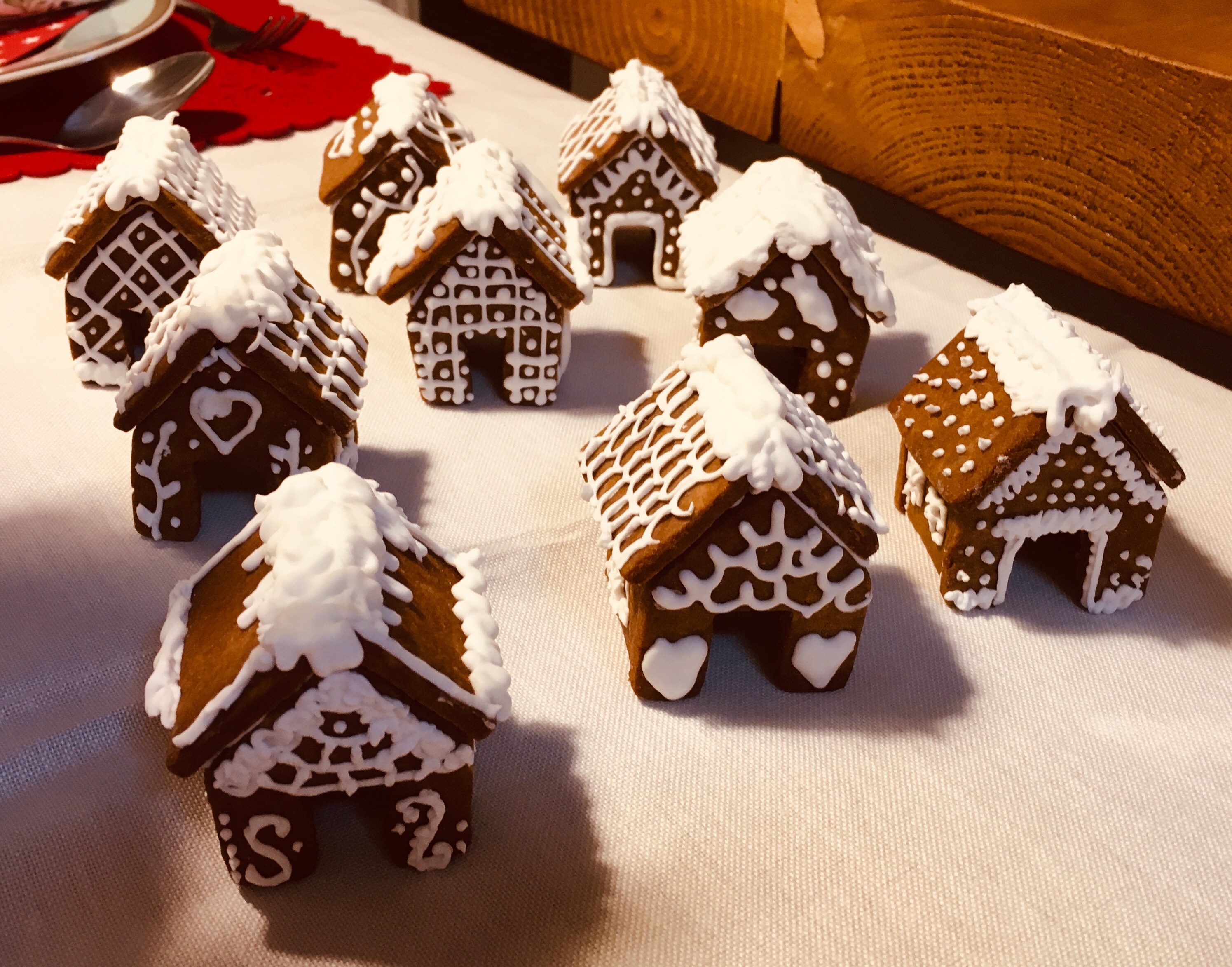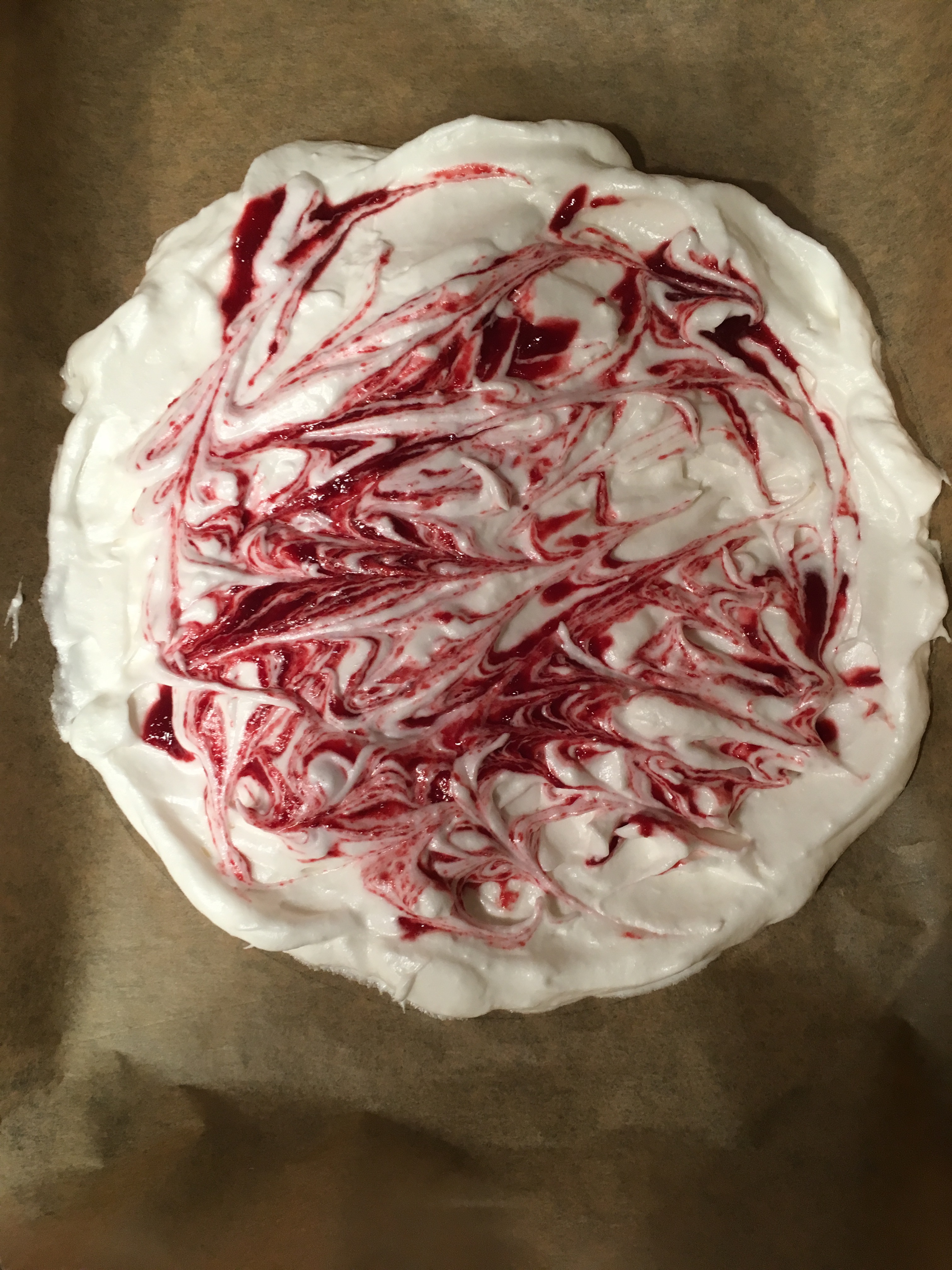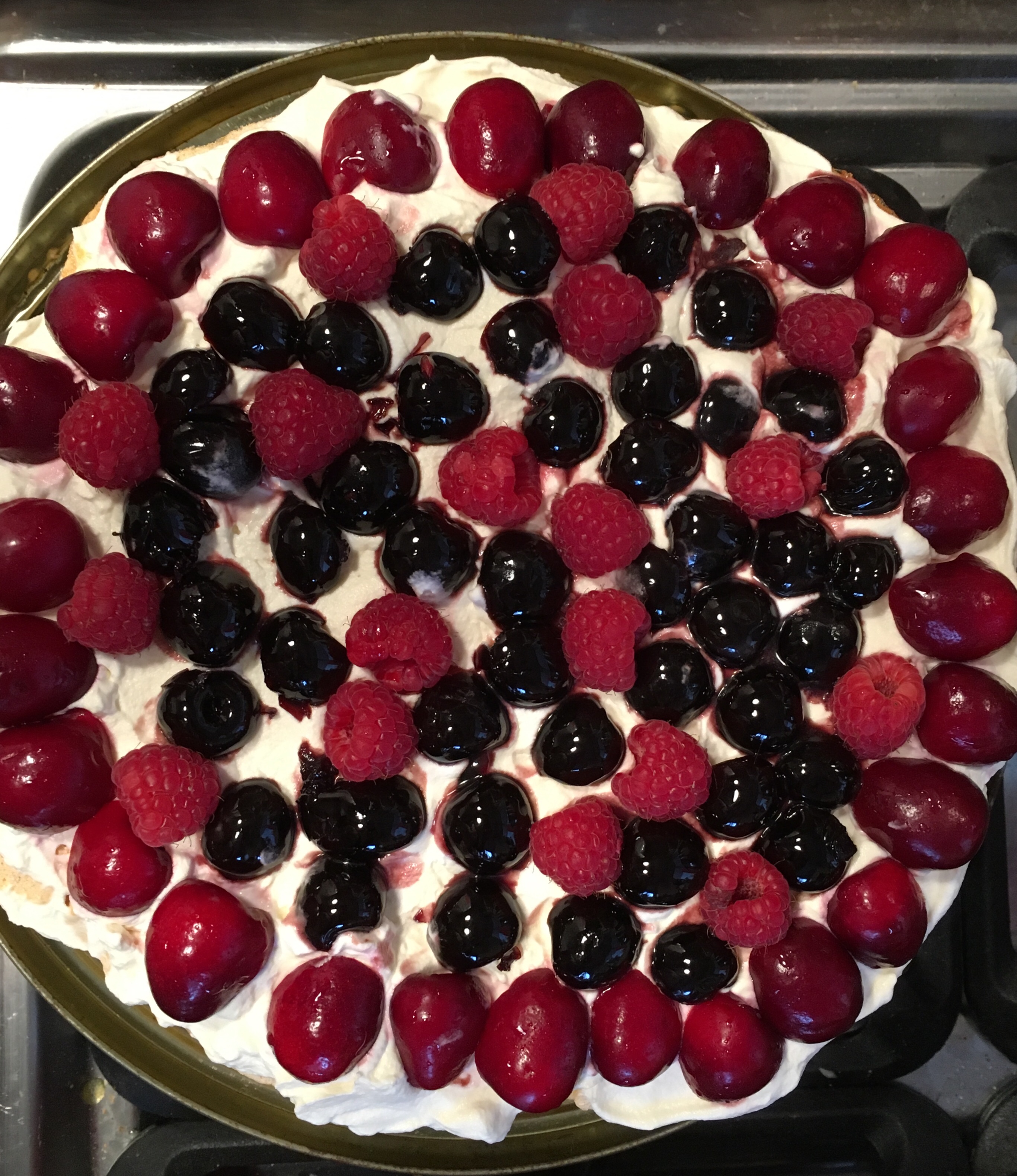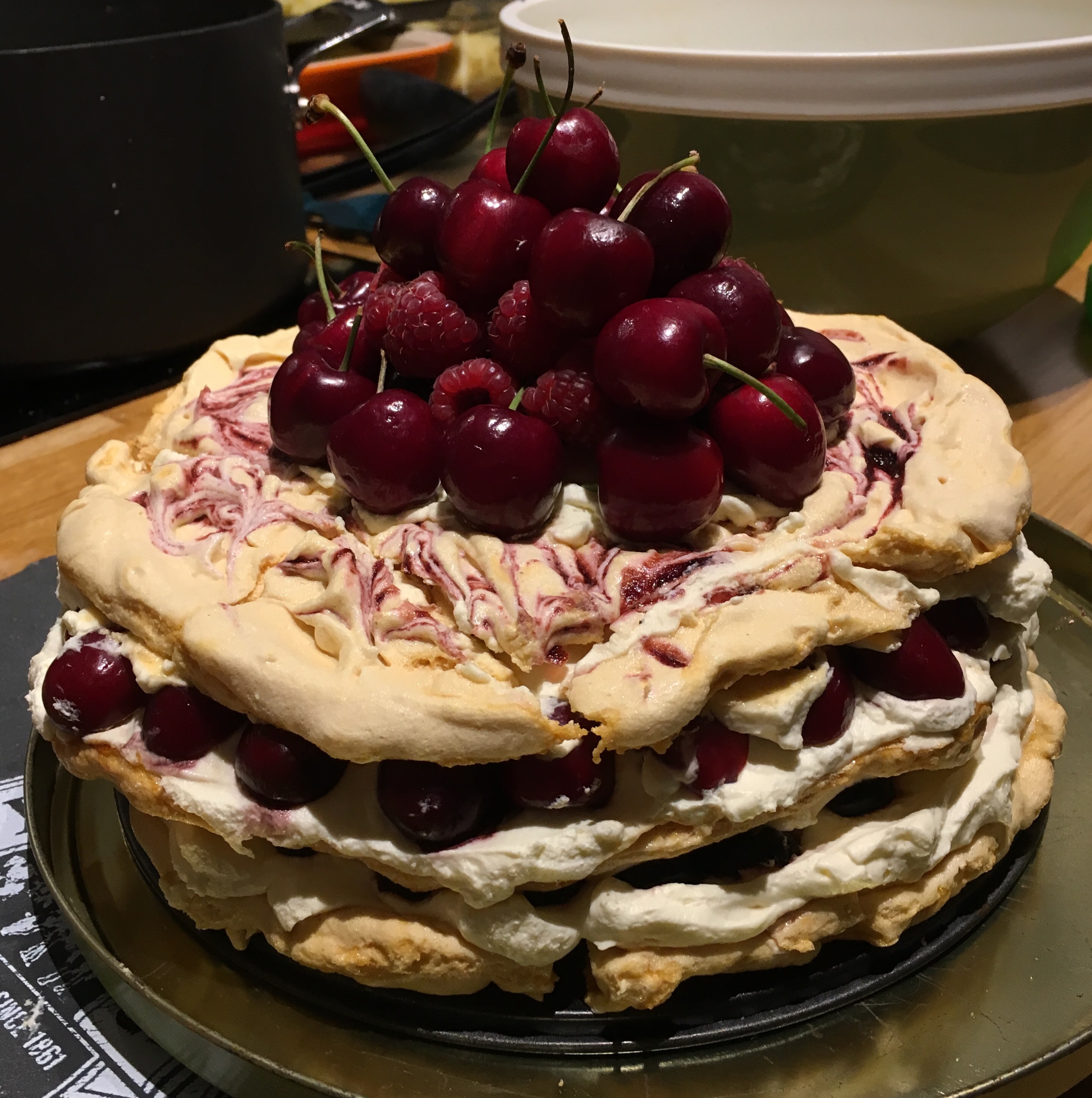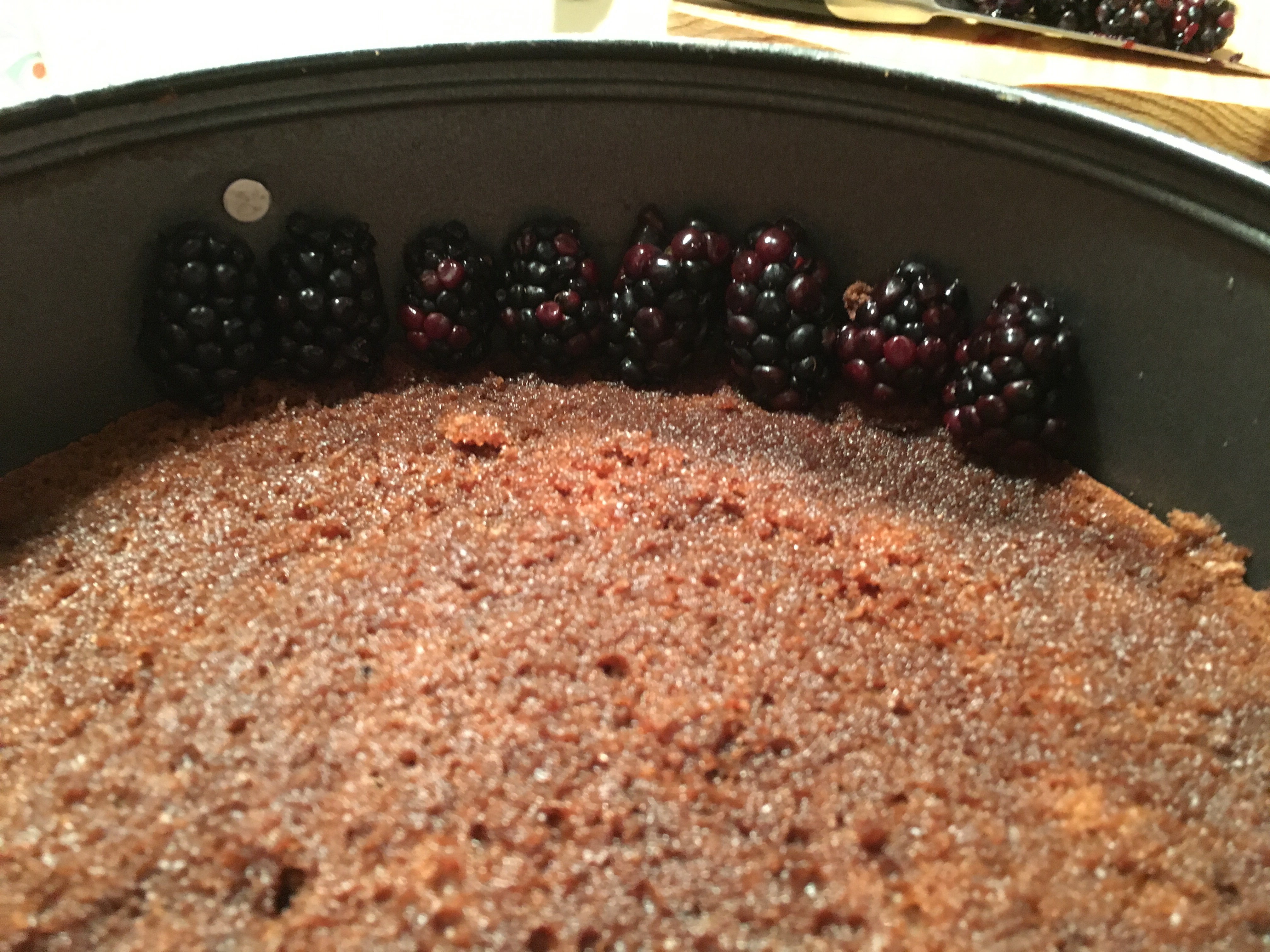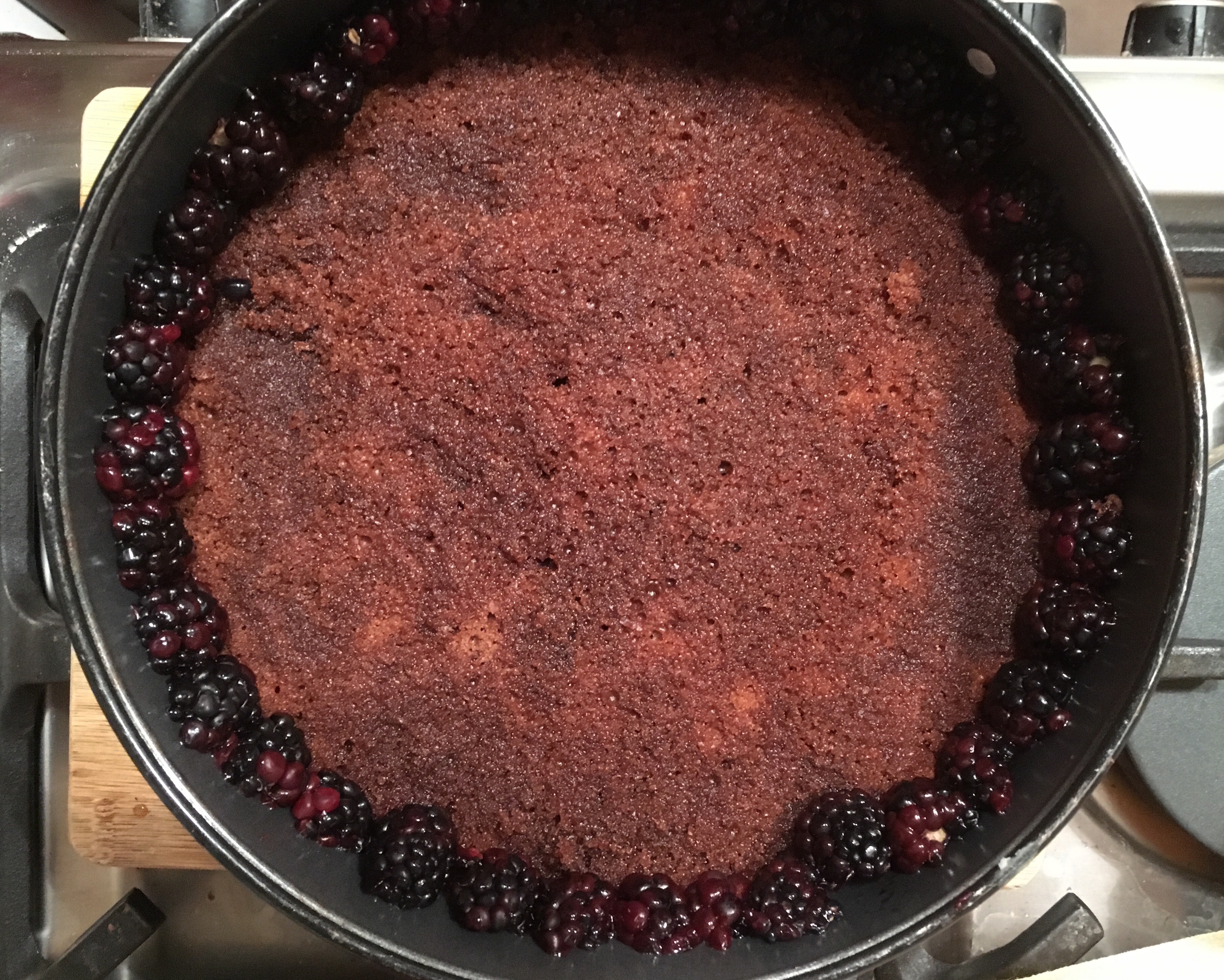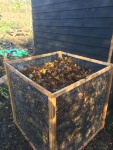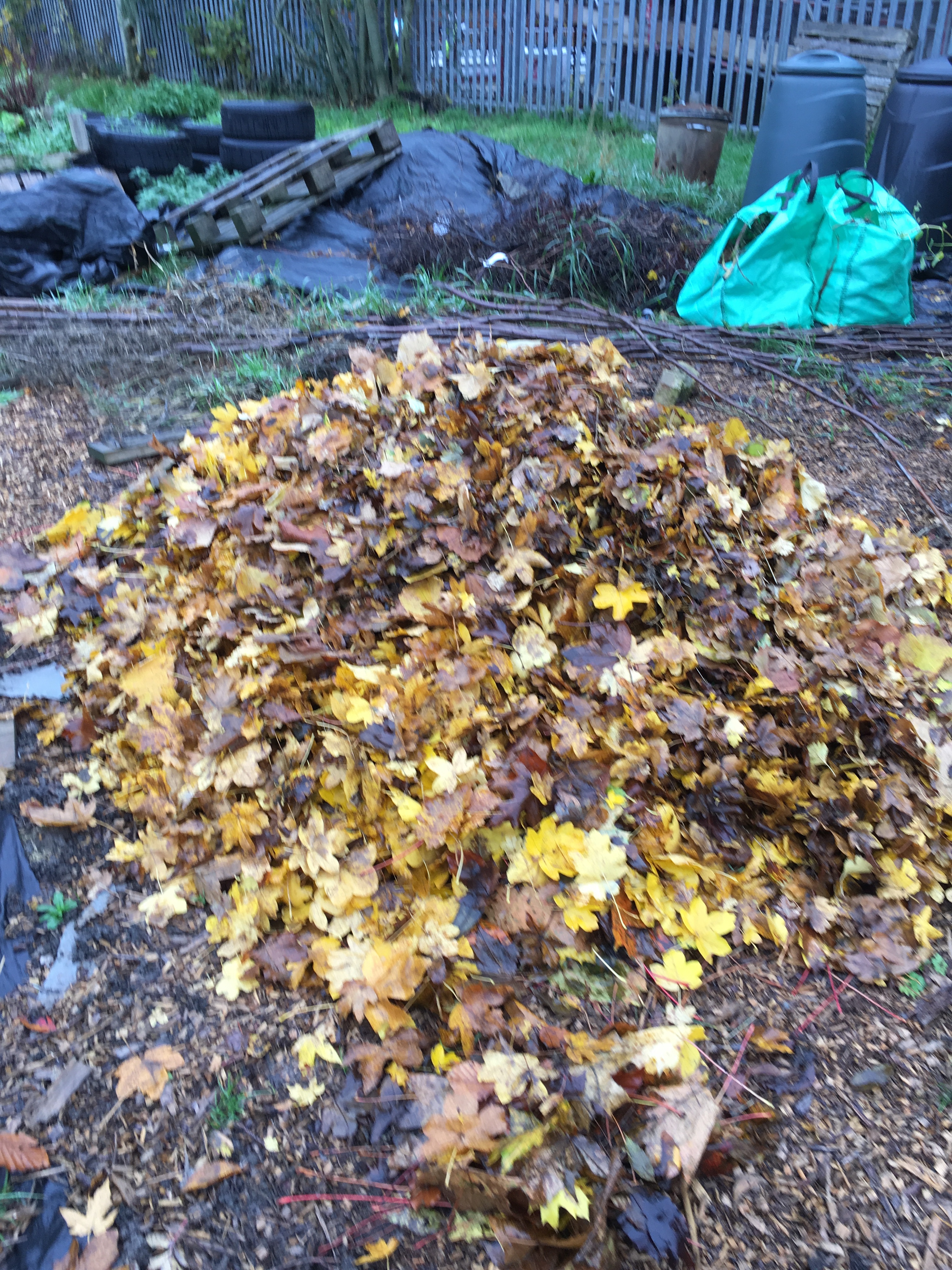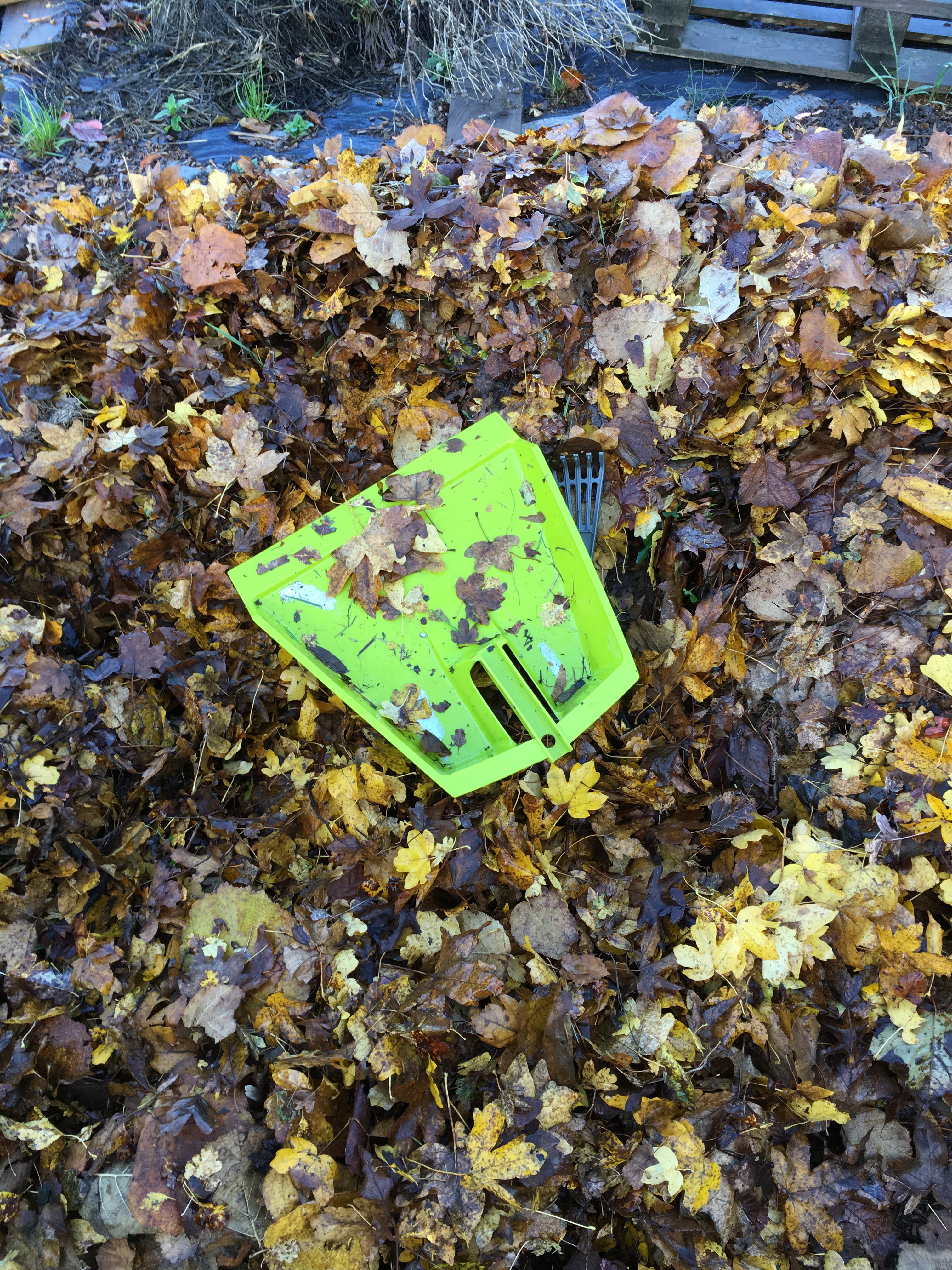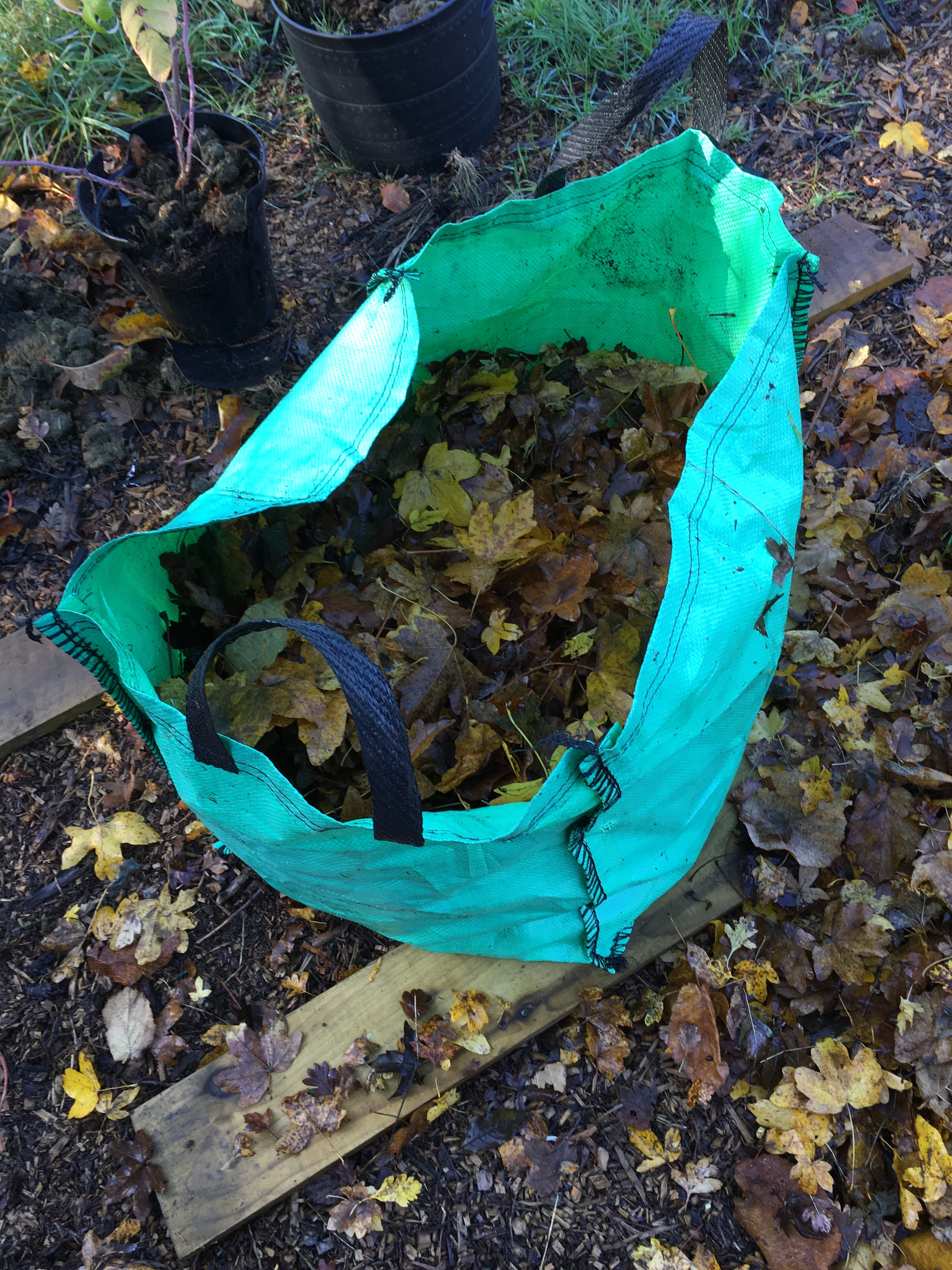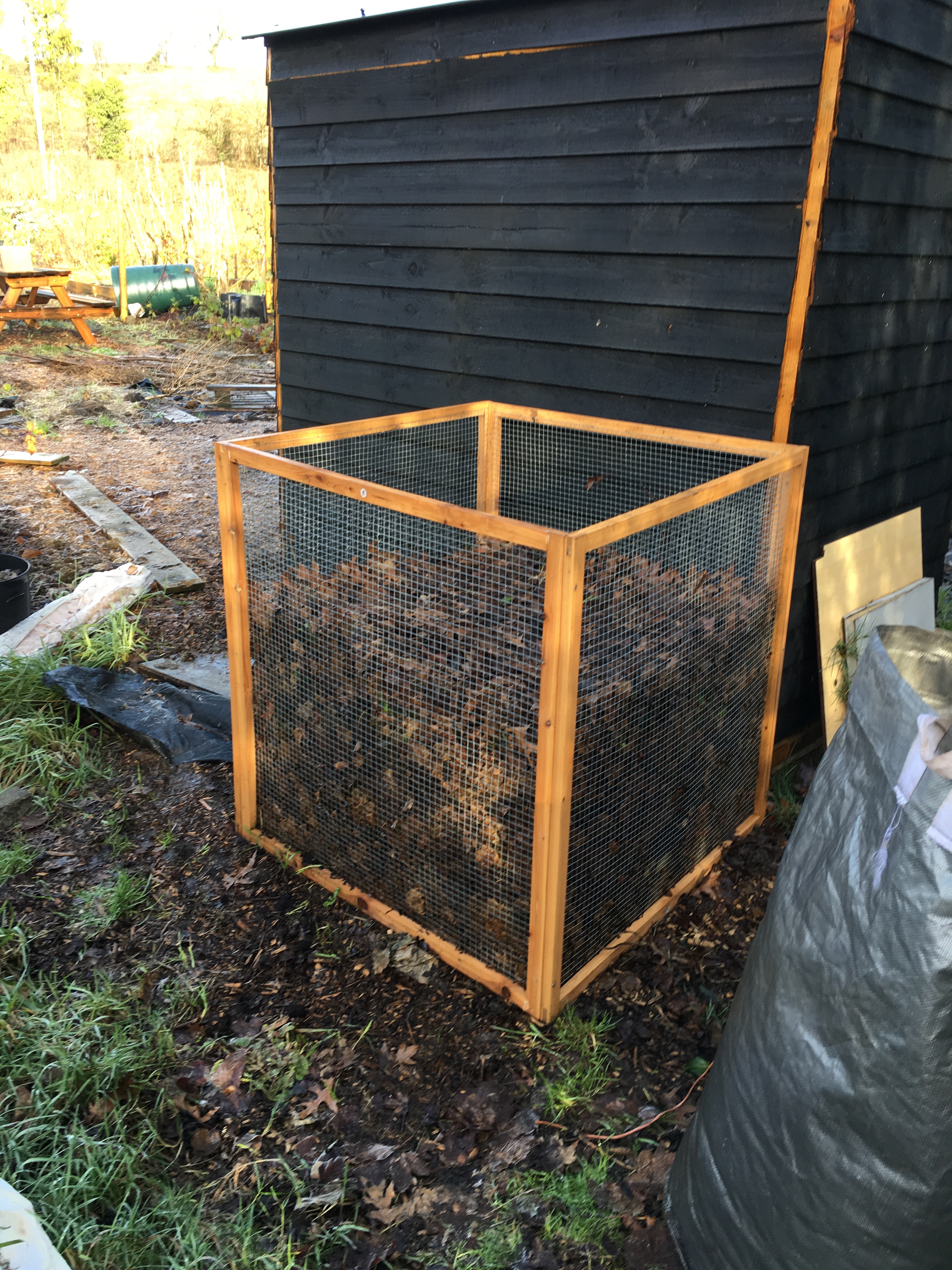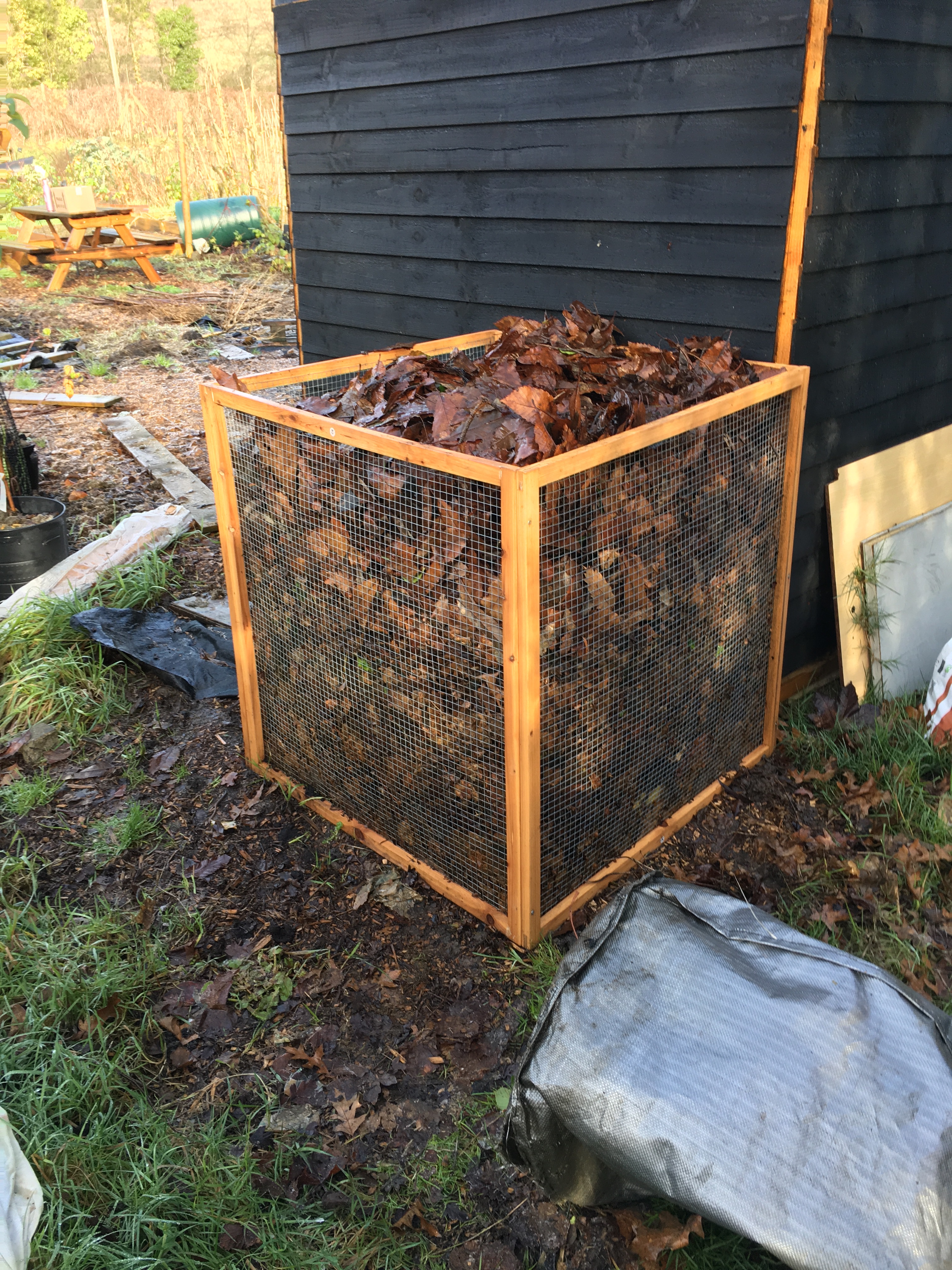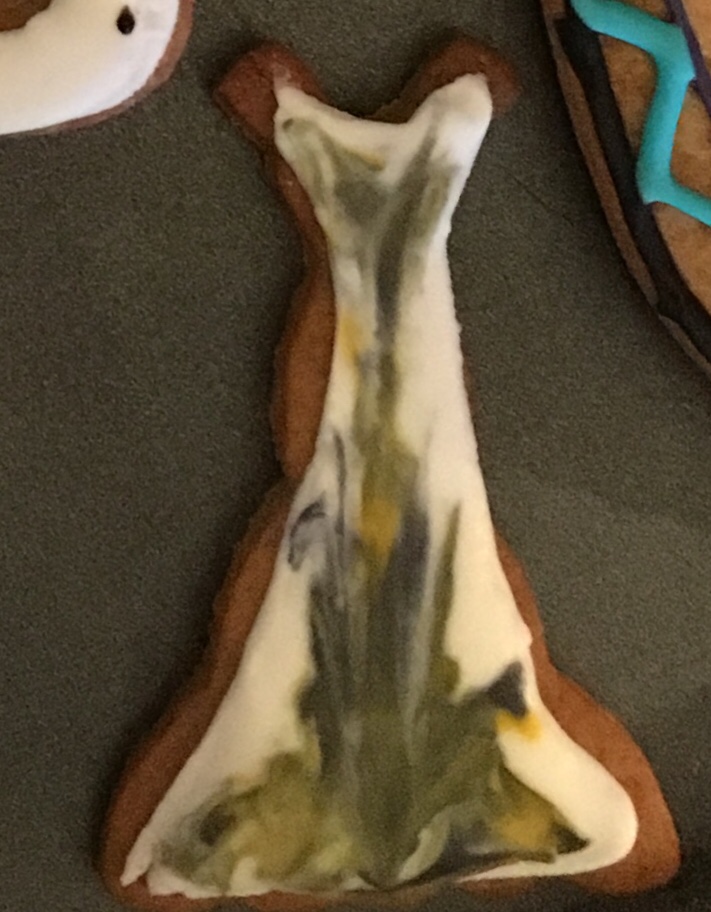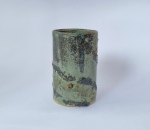
I did pottery as a hobby for a while around 20 years ago, and I thought it was high time I got back into it. No doubt inspired by the fabulous Pottery Throw Down on Channel 4.
At the time, I mostly used the wheel, and had little interest in hand building or glazing. In the intervening years, I’ve sporadically been going to pottery painting cafes, and developed my interest in decorating pots.
The class I’ve joined at The Clay Studio in Uxbridge focuses a lot on hand building, and I’m loving learning how to make slab built and coiled pots.
The first term focussed on teaching texture, and we played around with slip, impasto, sgraffito and adding texture such as coffee grounds.
So here are a few of my creations from term one….


I recently set up my own business, and this is a pen pot for my home office with the bird from my new logo! Made using a template and the impasto technique. I used both bits of the template (one on each side) – the bird that I cut out (and put the slip over the bird before peeling it off, and the other way round where I filled in the gap where I had cut out the bird.

A couple of small plates that I used to practice slip trailing. I didn’t enjoy it as the containers used to apply the slip are a bit unpredictable!

I love this one! It’s the impasto technique again, using a template I cut out of paper. Took ages to cut out the emplane, but I love the result.


This was my Mum’s Christmas present. A coiled vase decorated with speckled turquoise glaze with a band of iron oxide. I left texture on the outside of the pot so that the glaze would attach in different ways to the texture. Pretty pleased with my first ever coiled pot!


A small pot textured with cat litter and coffee grounds! Decorated with speckled turquoise glaze.
Photo taken in my my new light box that I made from a large cardboard box, some white crepe paper and a piece of white card. Really happy with the clean background it gives.

A Christmas present for my Sister-in-Law. Two mugs, a tea strainer and a tea canister which has a spoon holder on the side. Glazed with Spruce glaze. I wish I had taken better photos but I was in a rush to wrap them before Christmas!!


These are my first attempt at sgraffito. They are in for bisque firing this week and then I will glaze with a clear glaze. The slip is black, so hopefully the lines will really pop once the pieces are fired and the clay becomes white. Look out for updates with photos of the finished pieces.
We have just started term two, and I’ve begun making a bread baking pot and have plans for candlesticks, a tulip vase, an oil pourer and some different styles of mugs. Can’t wait!
